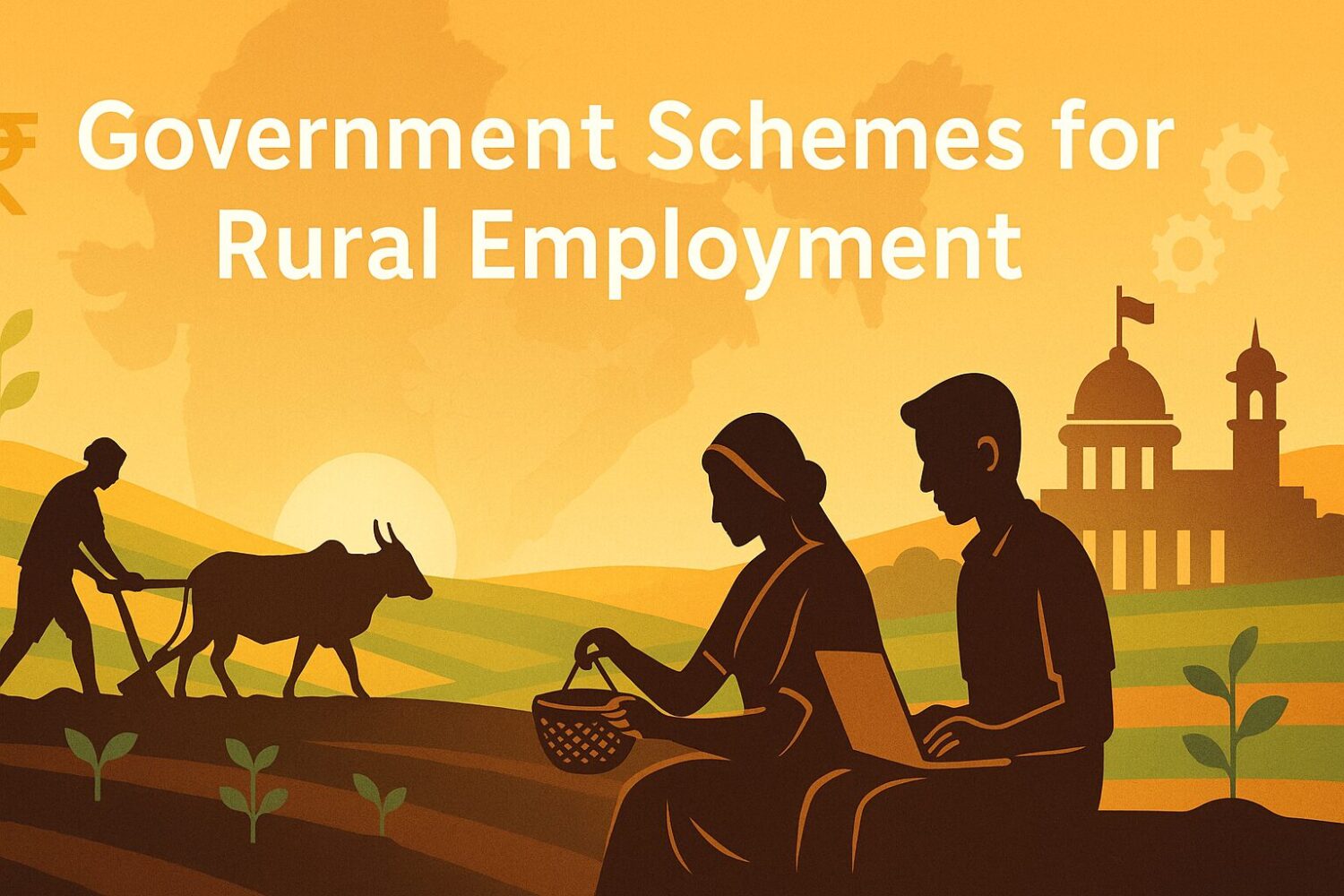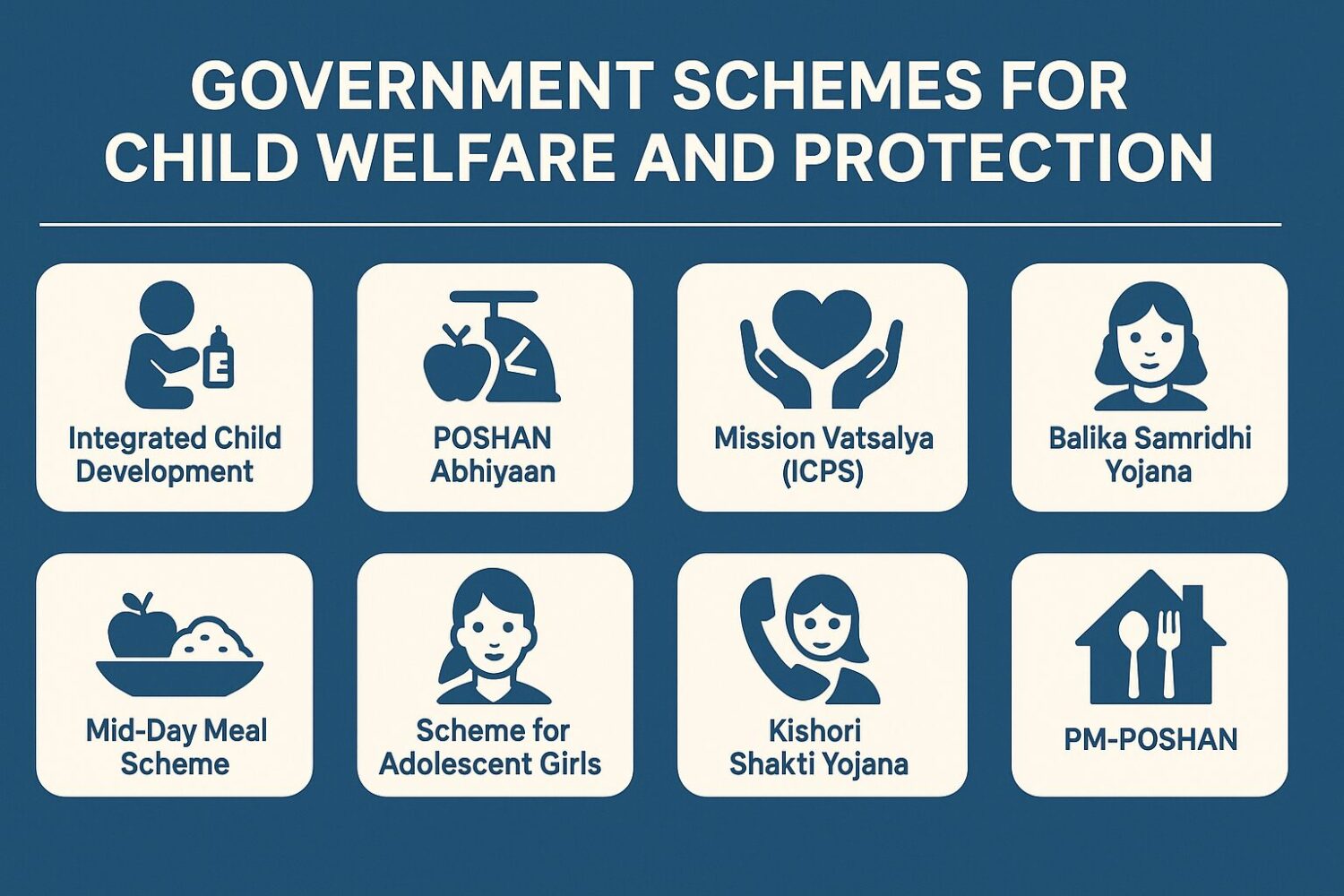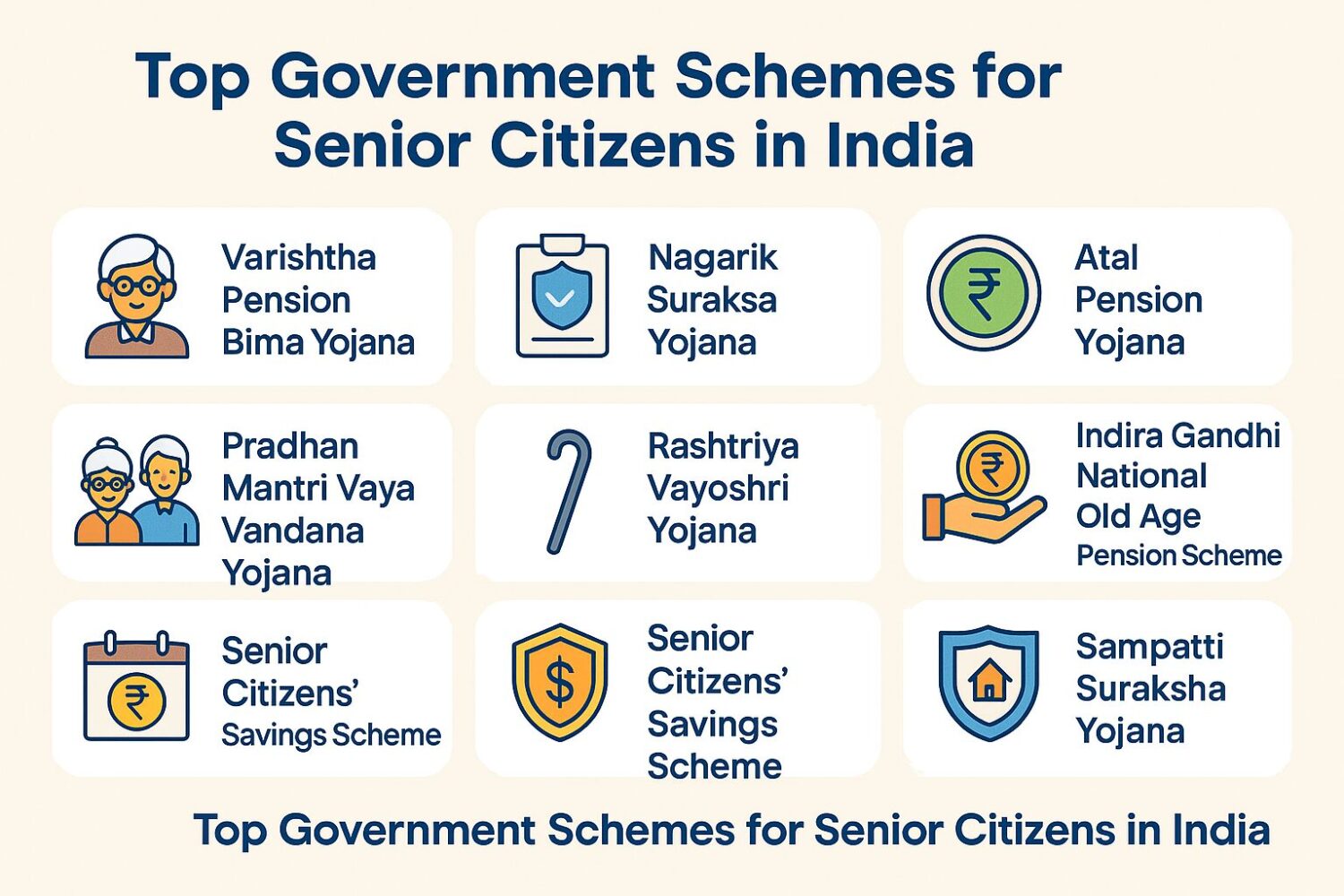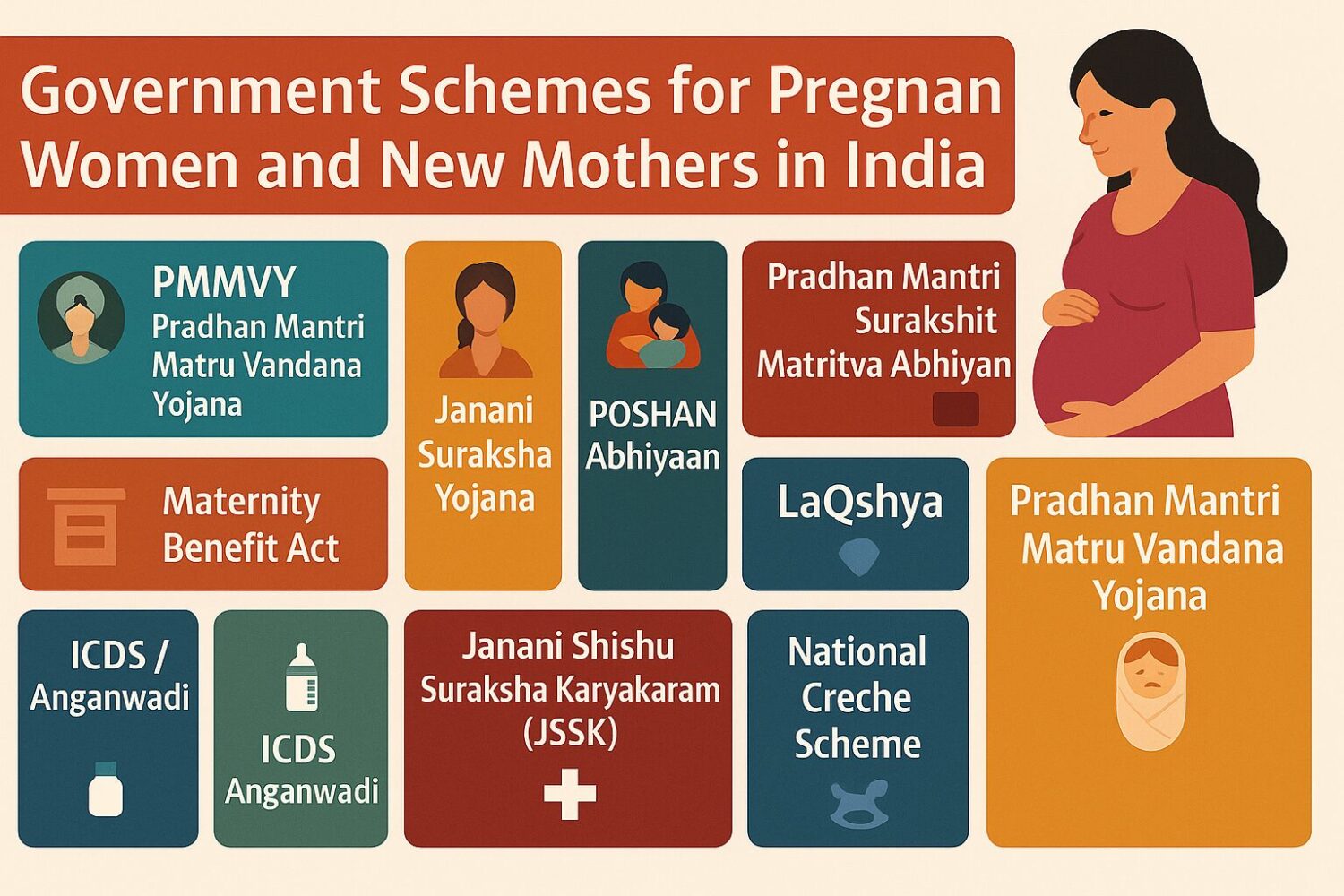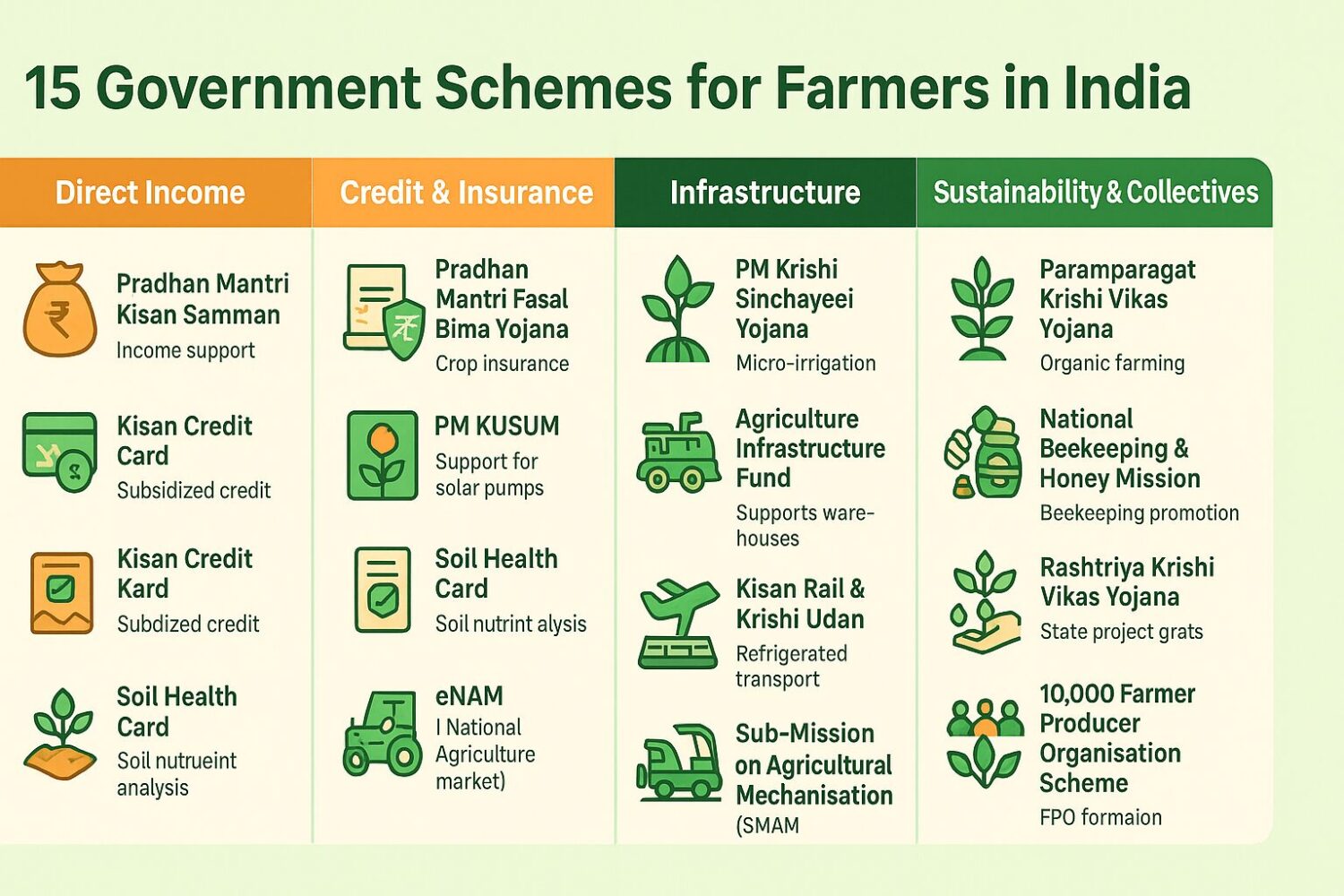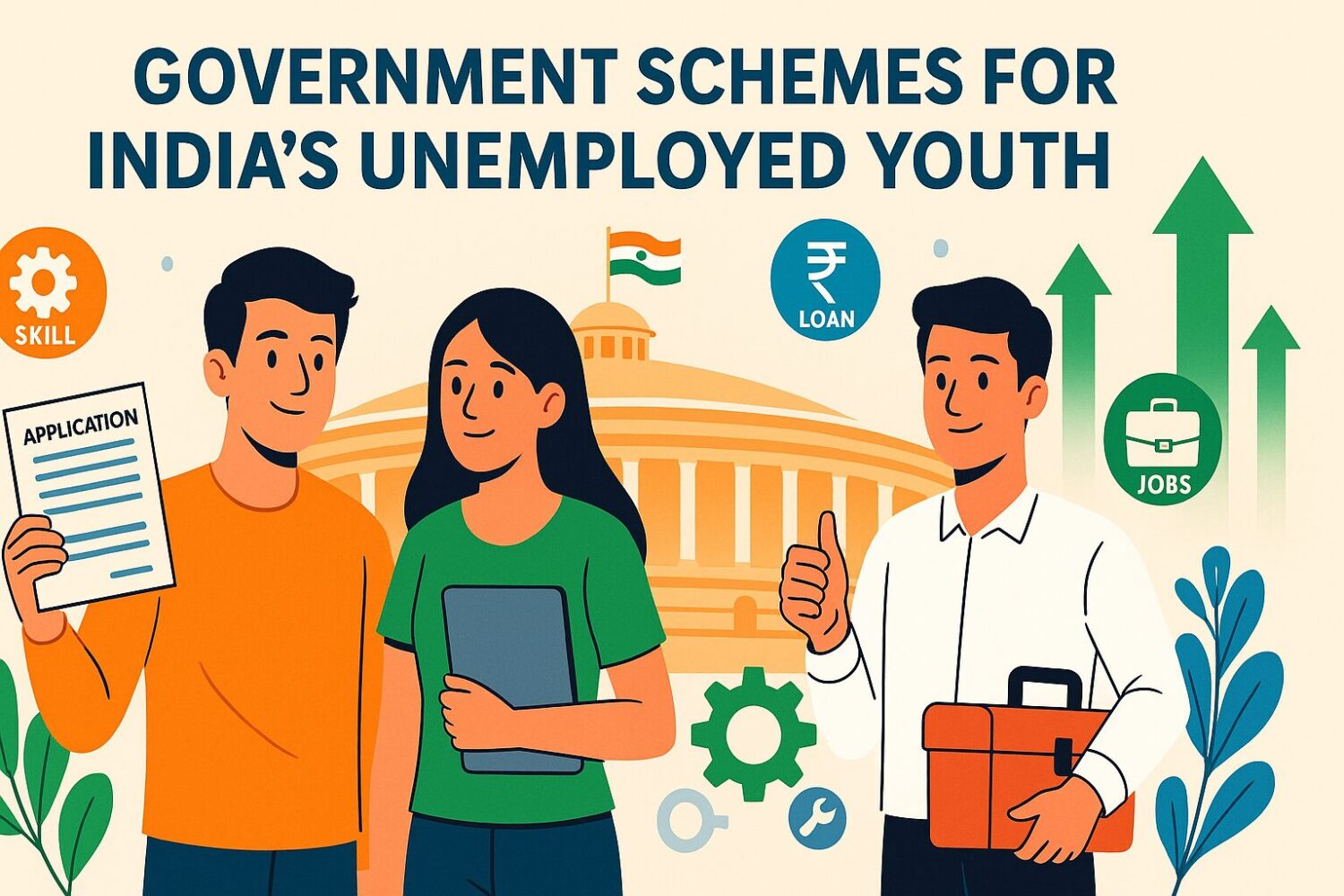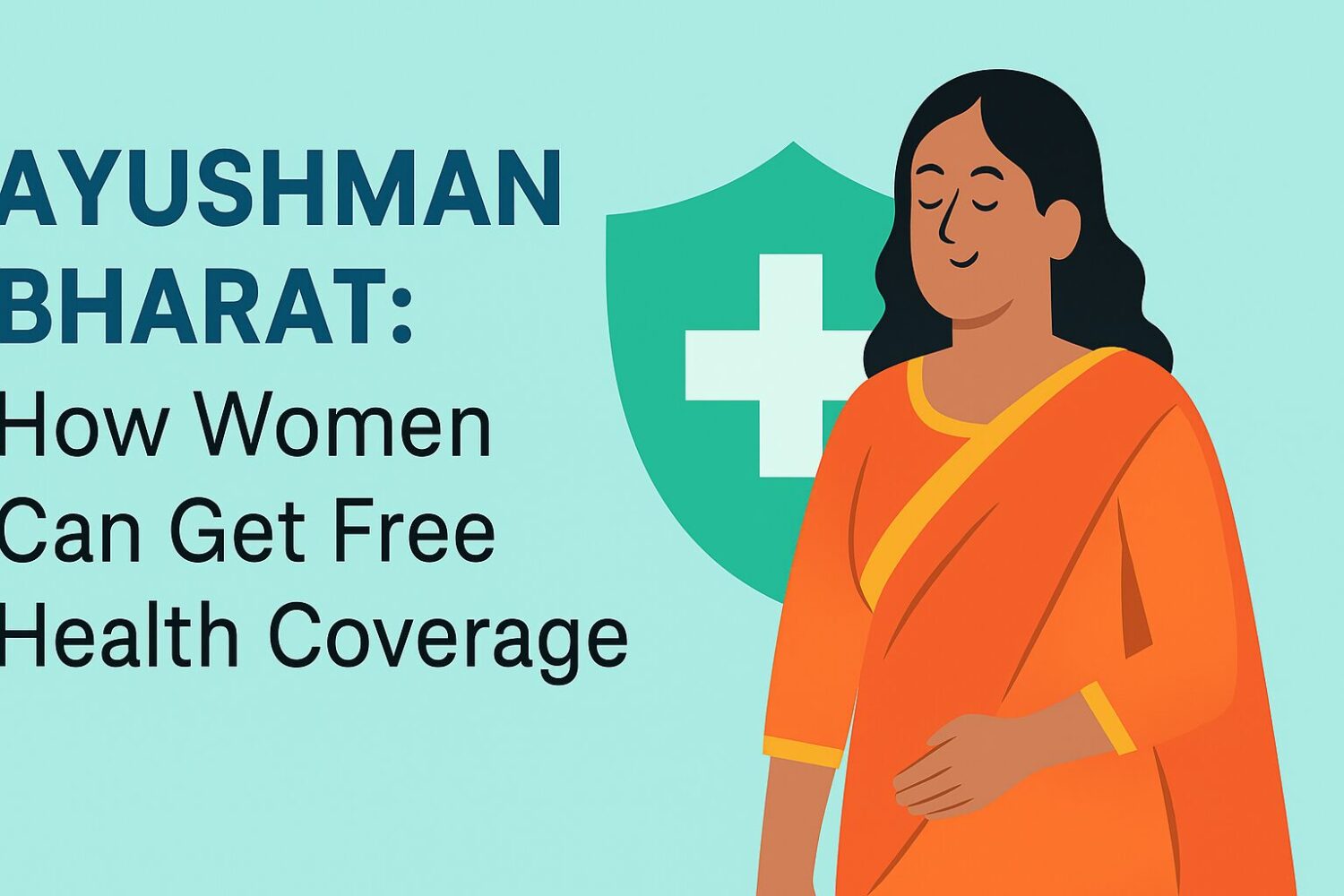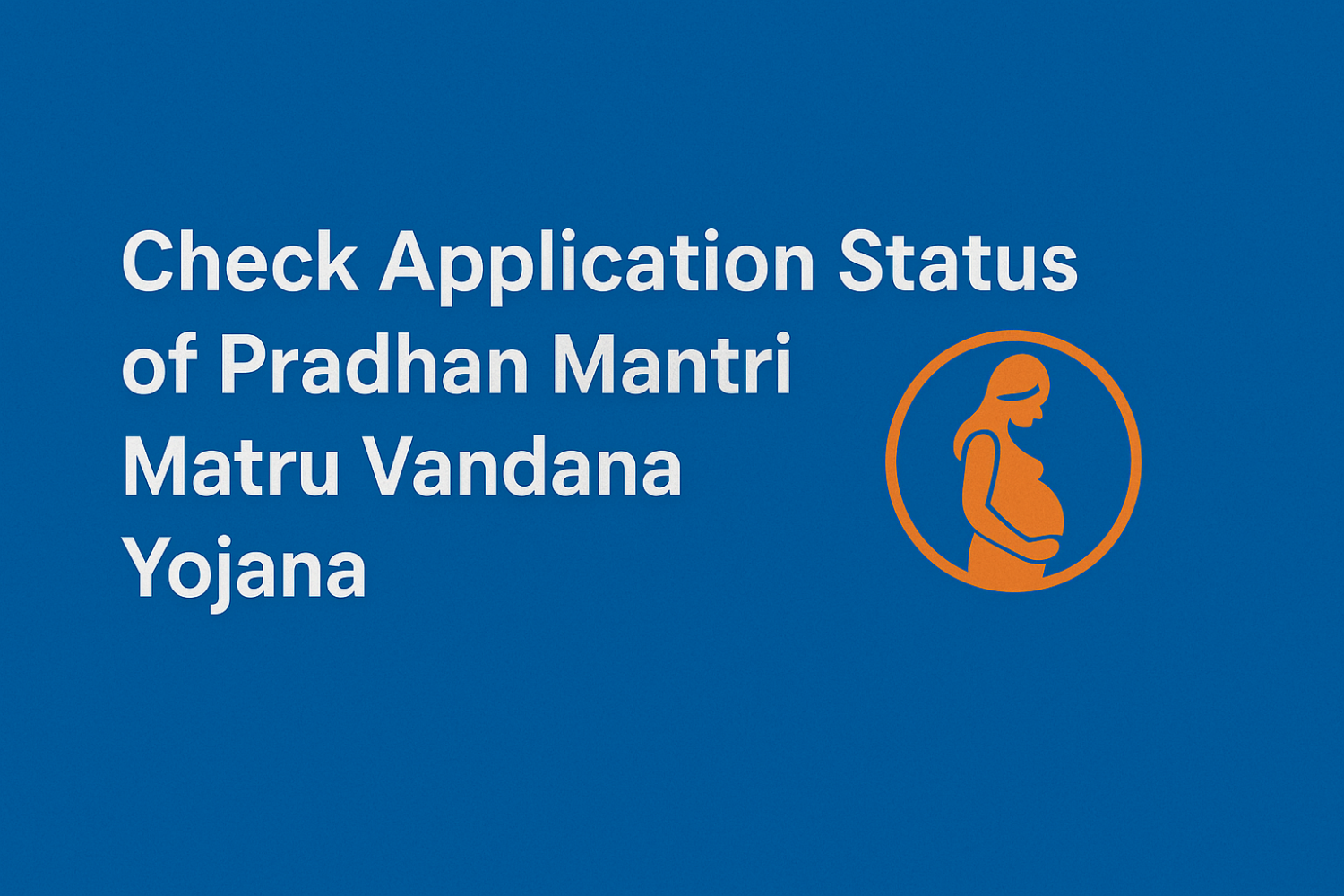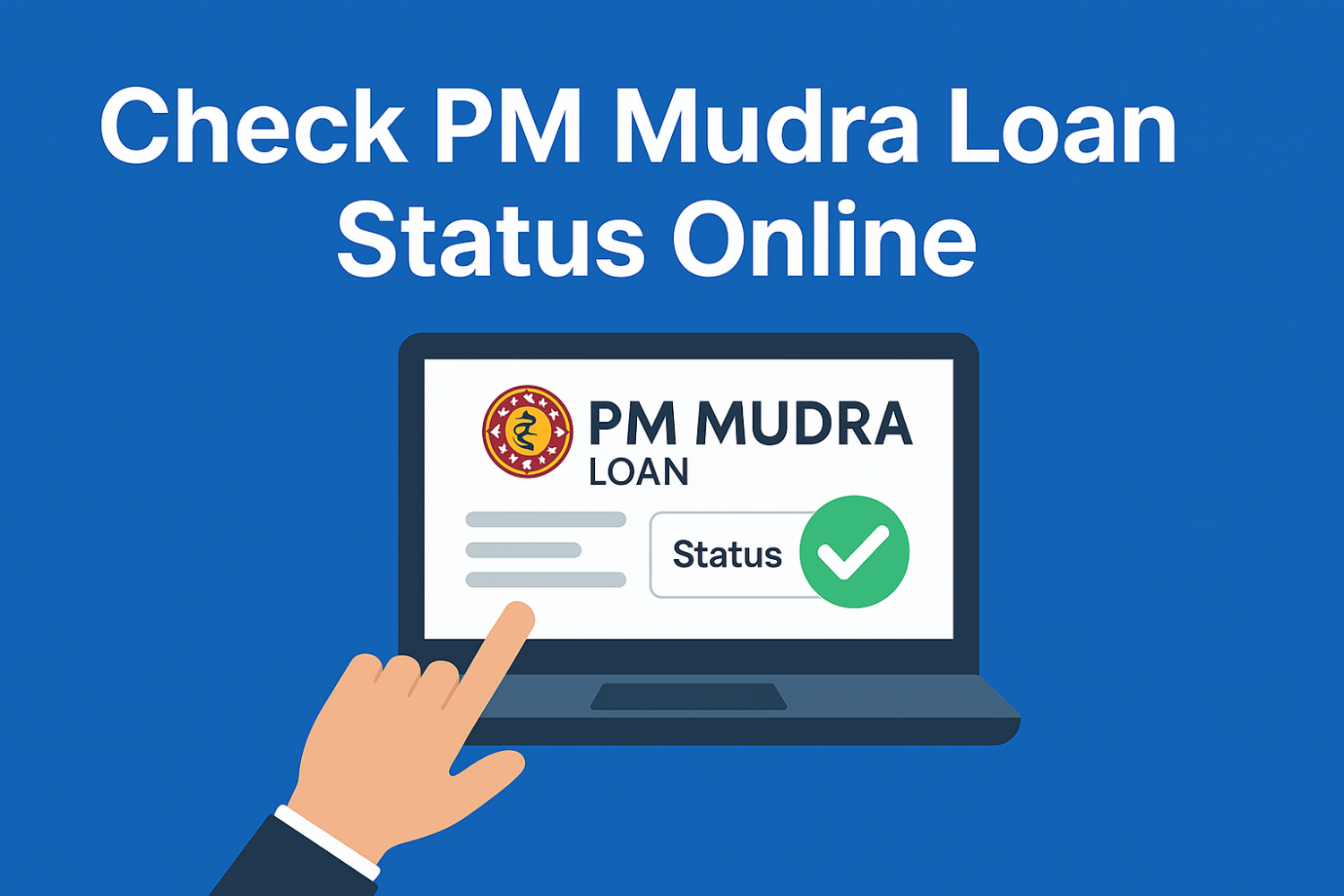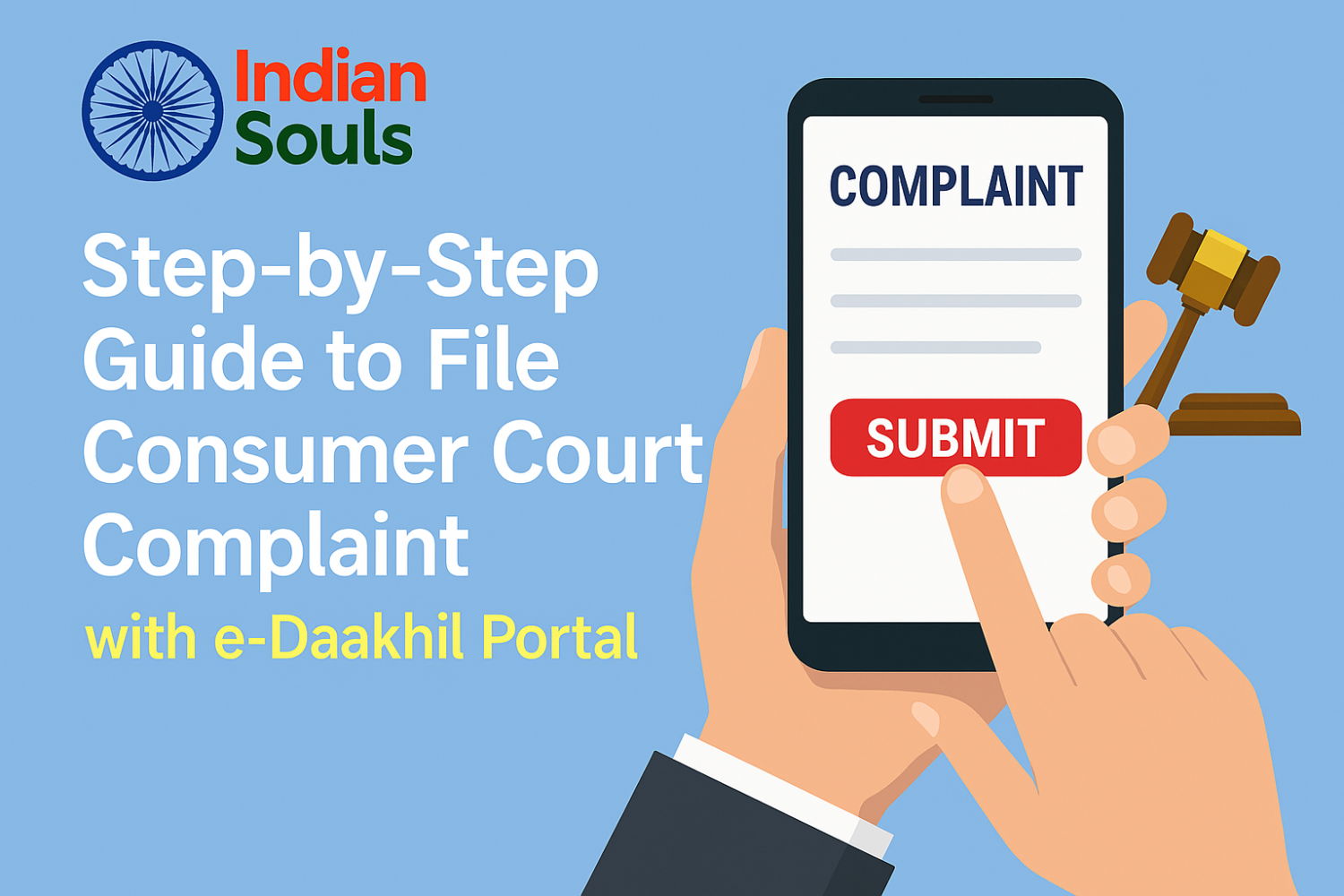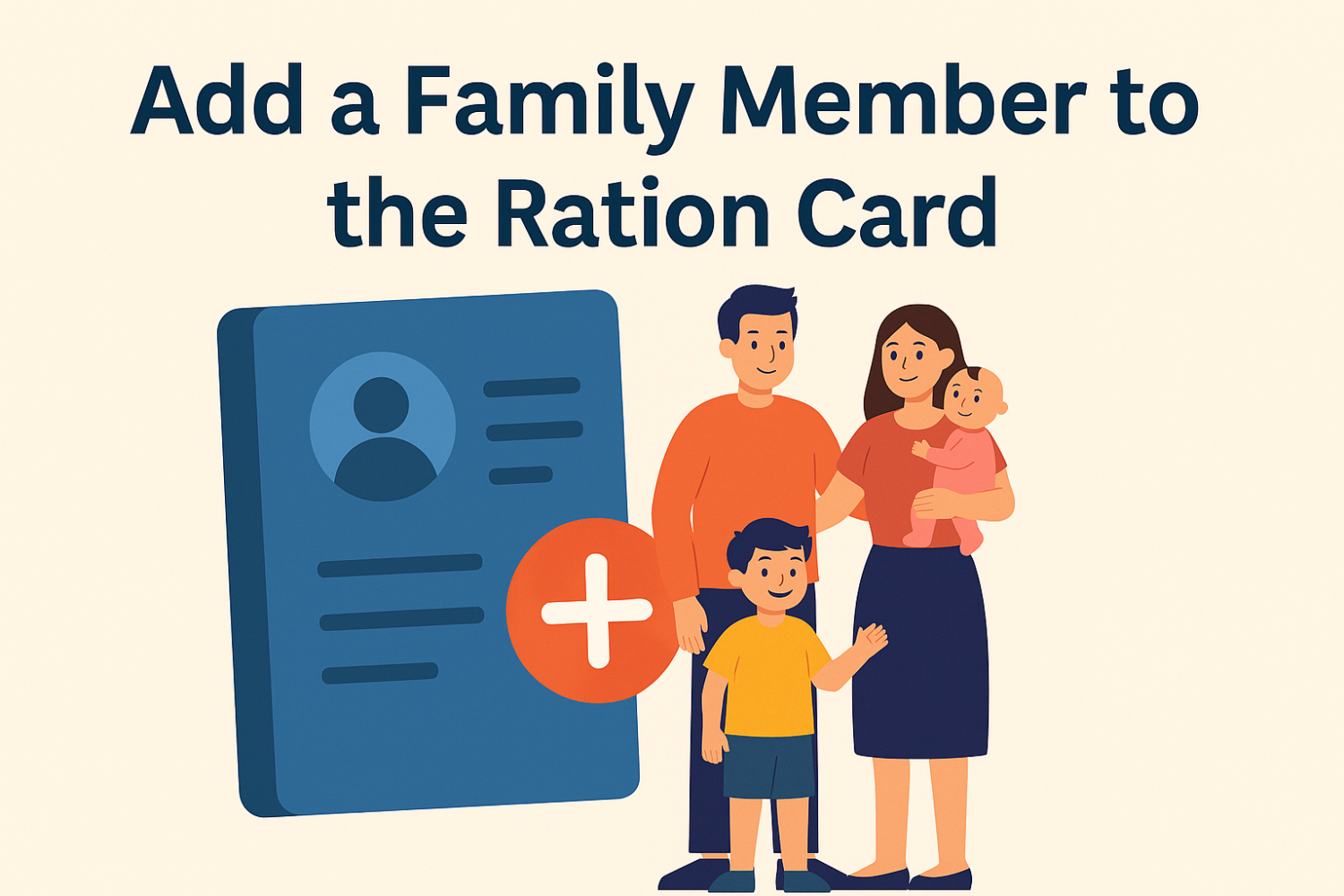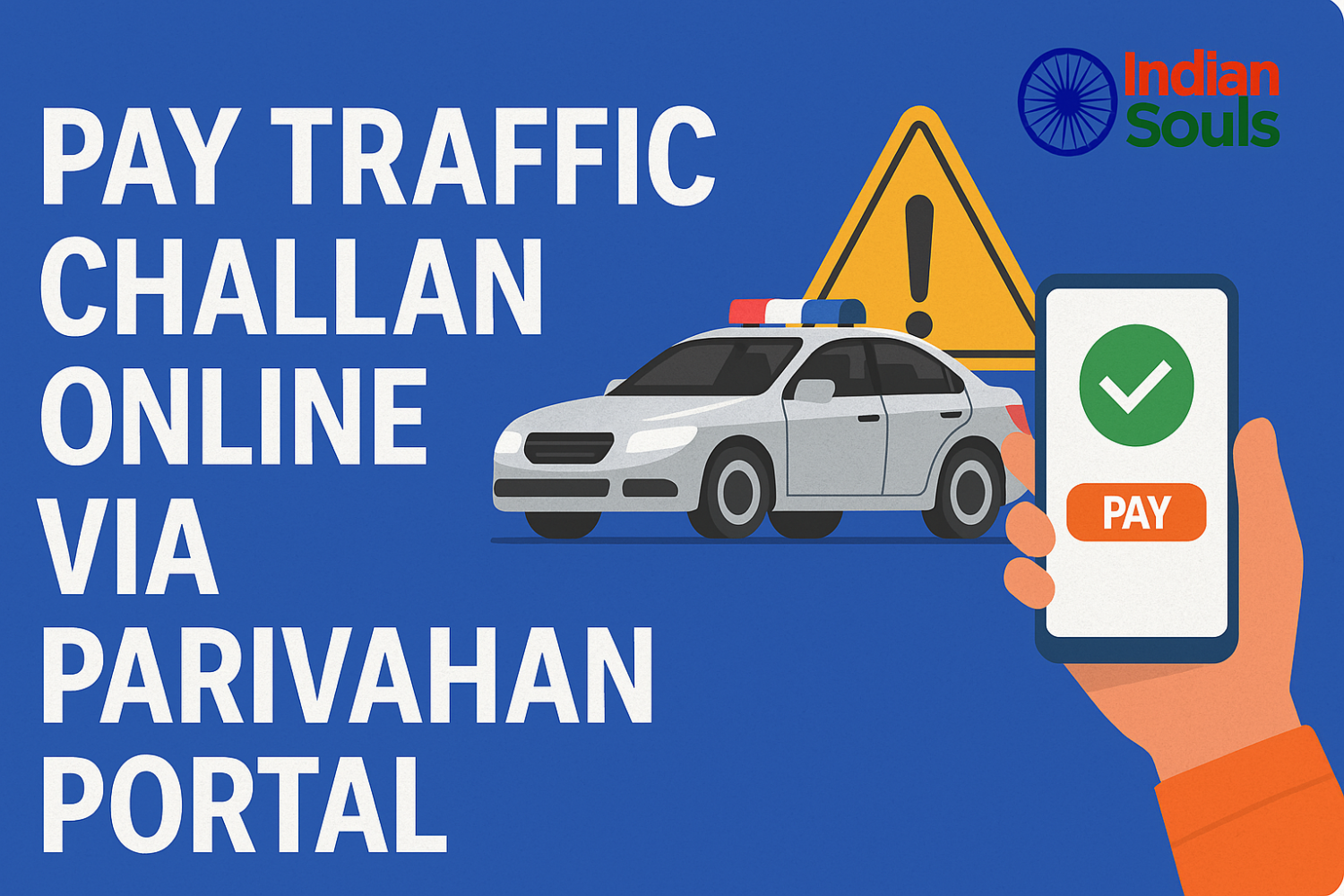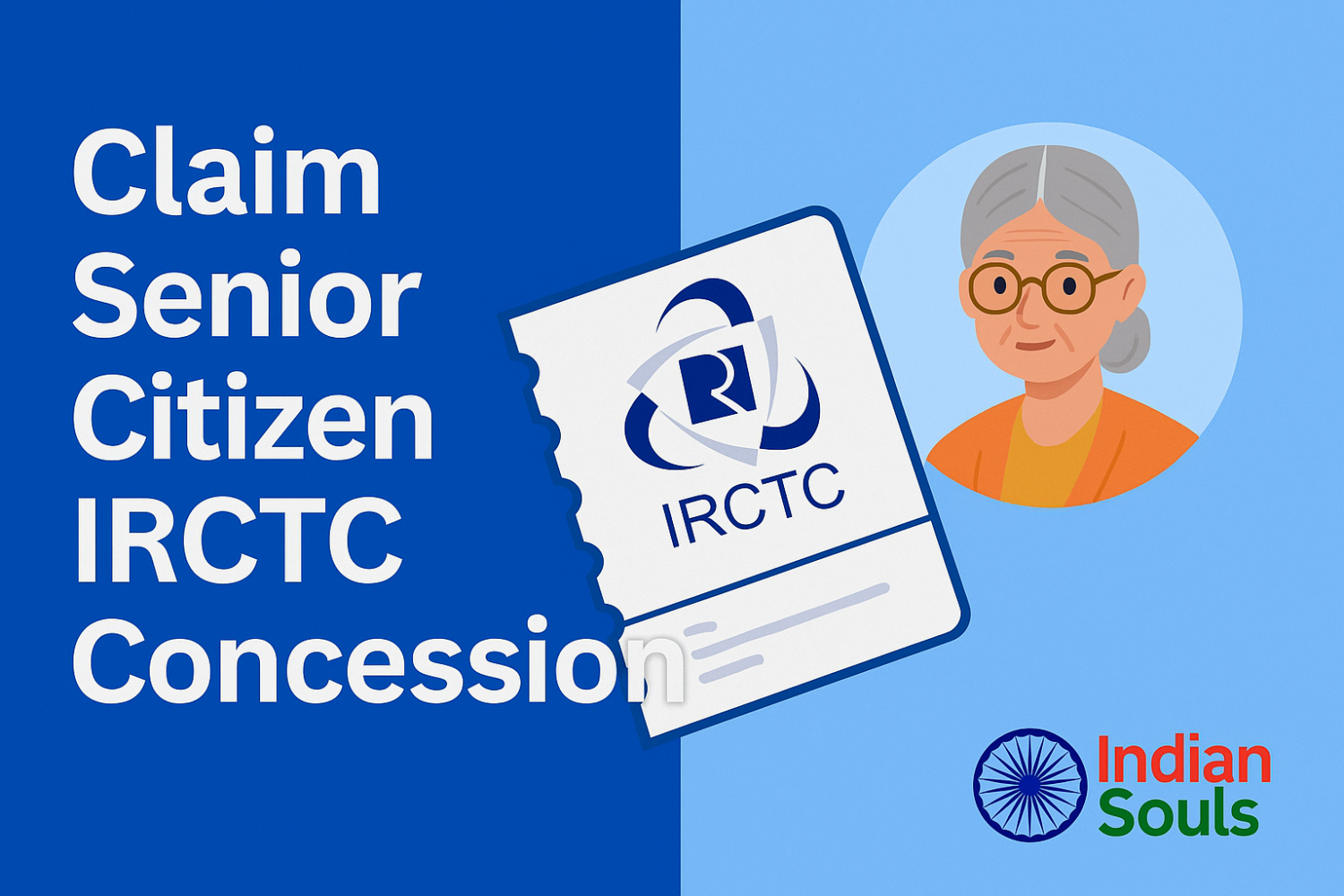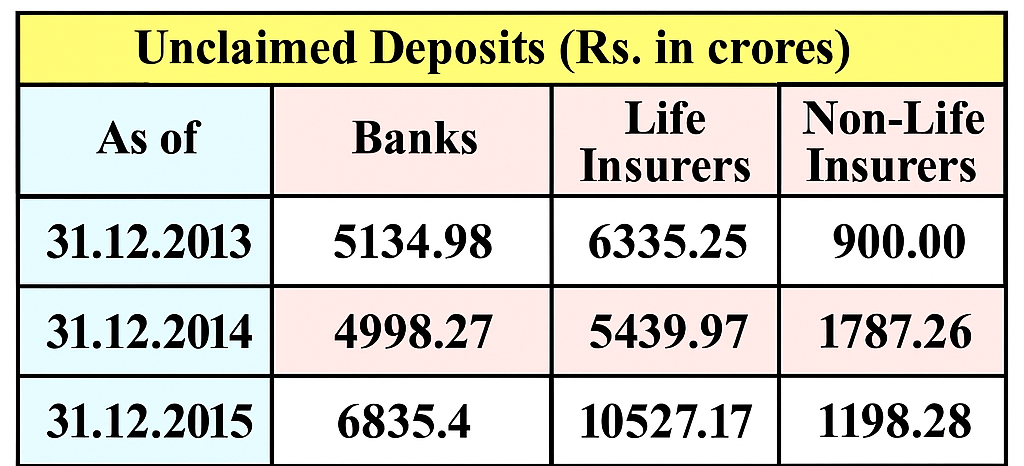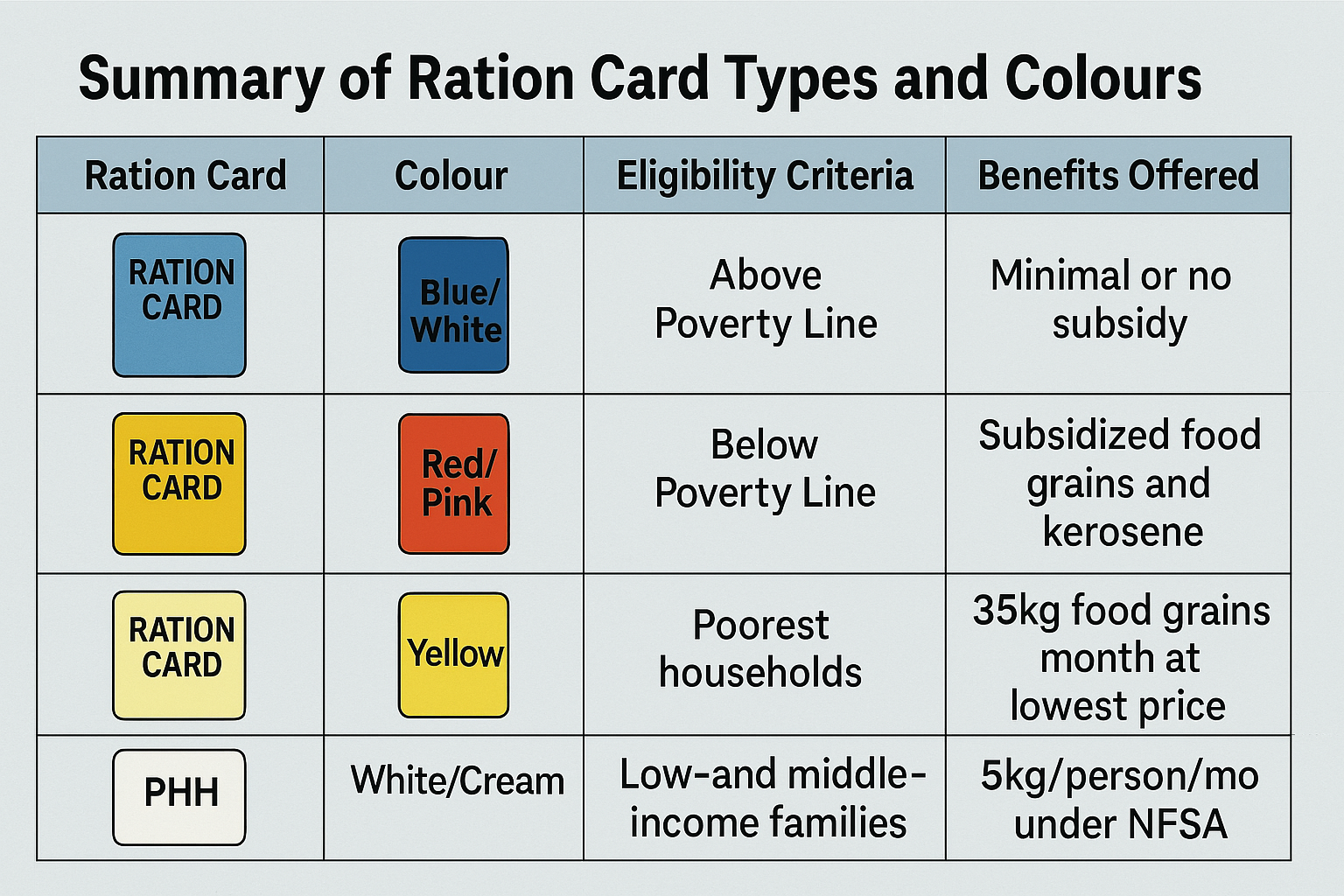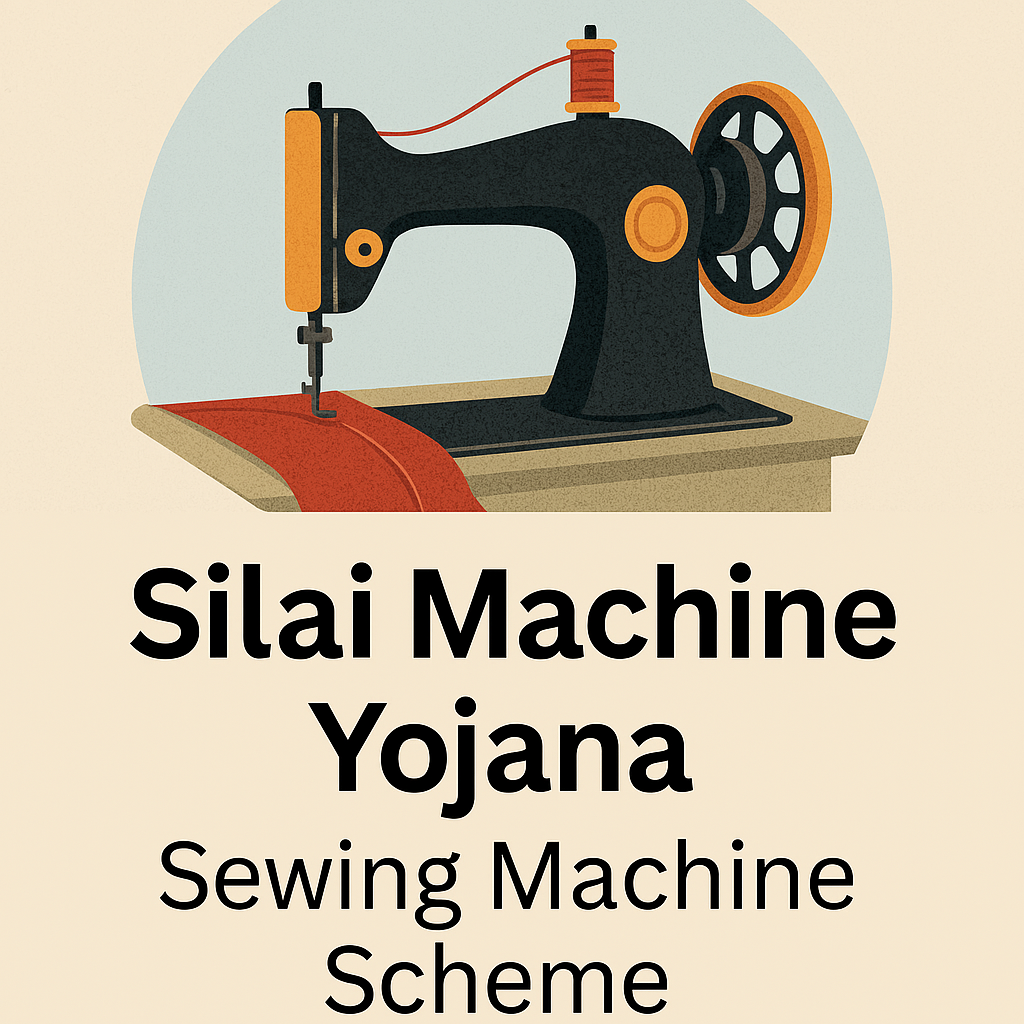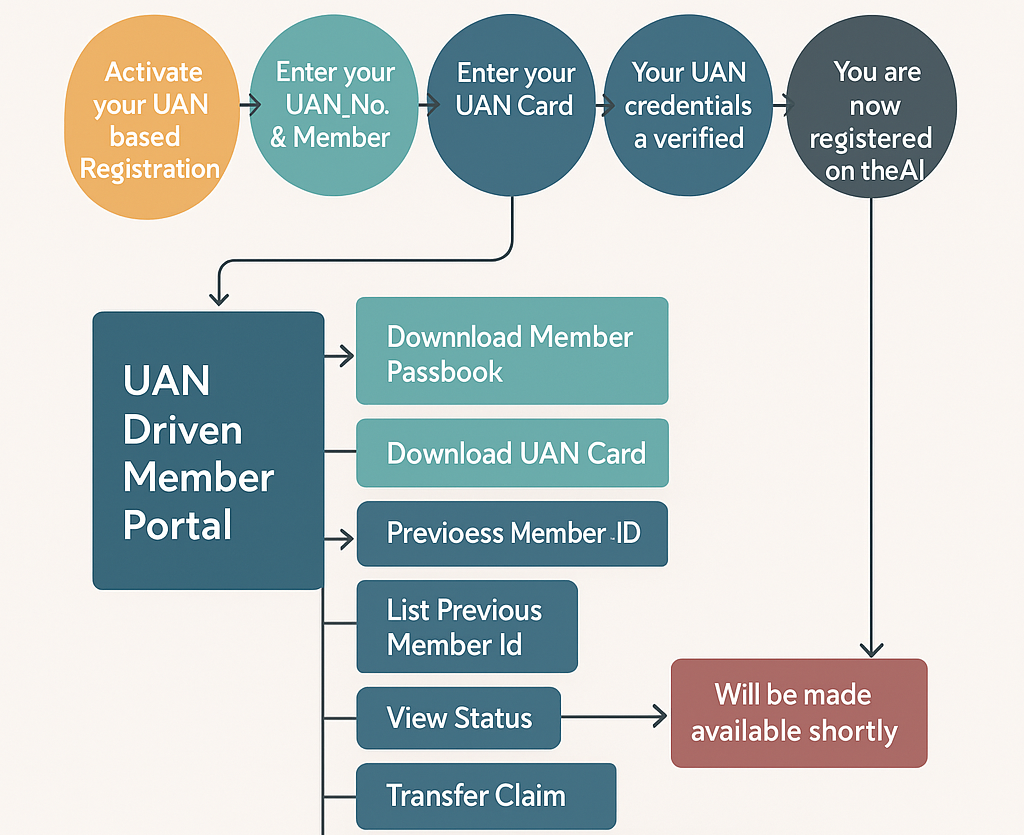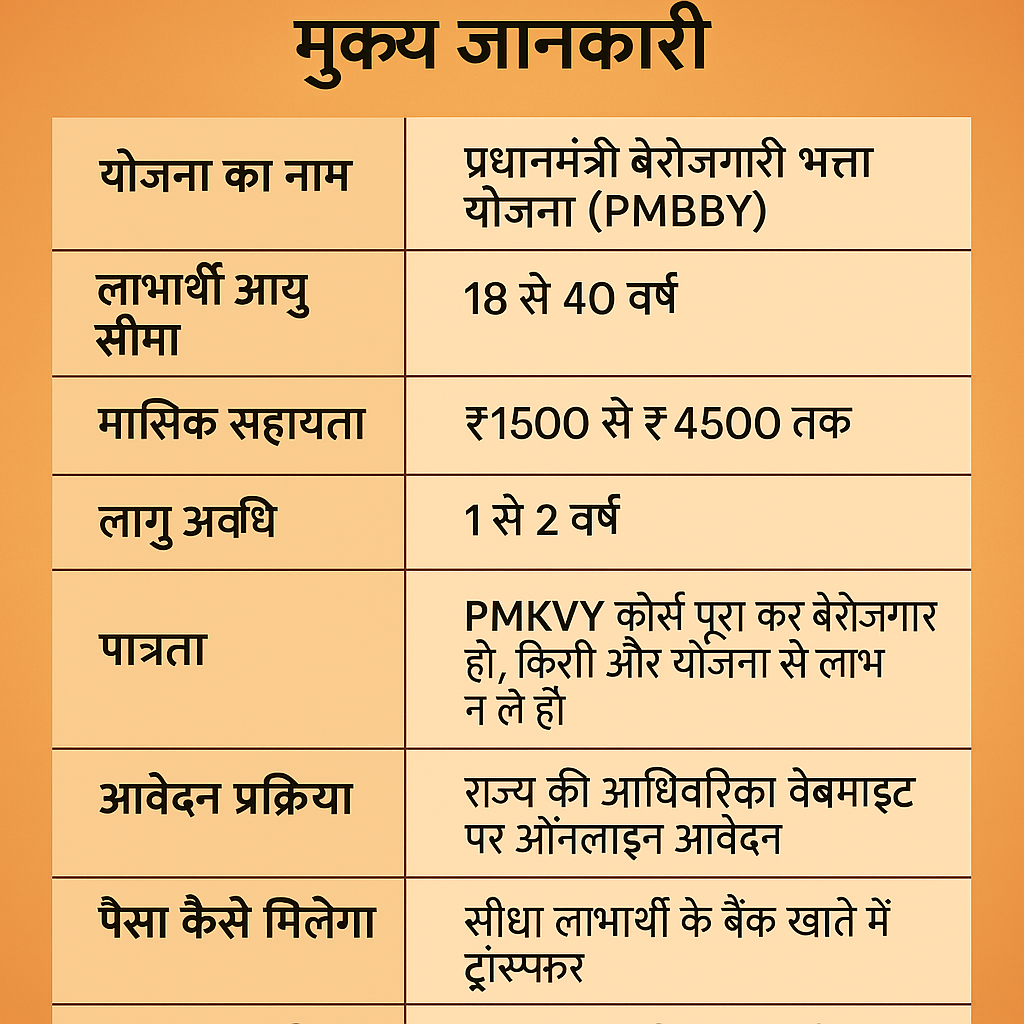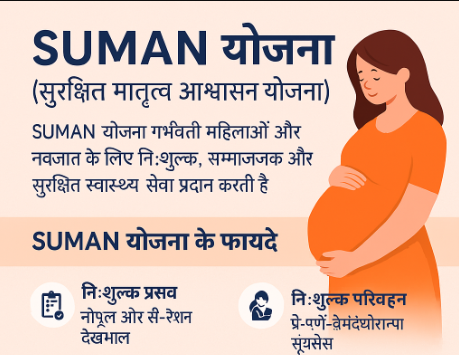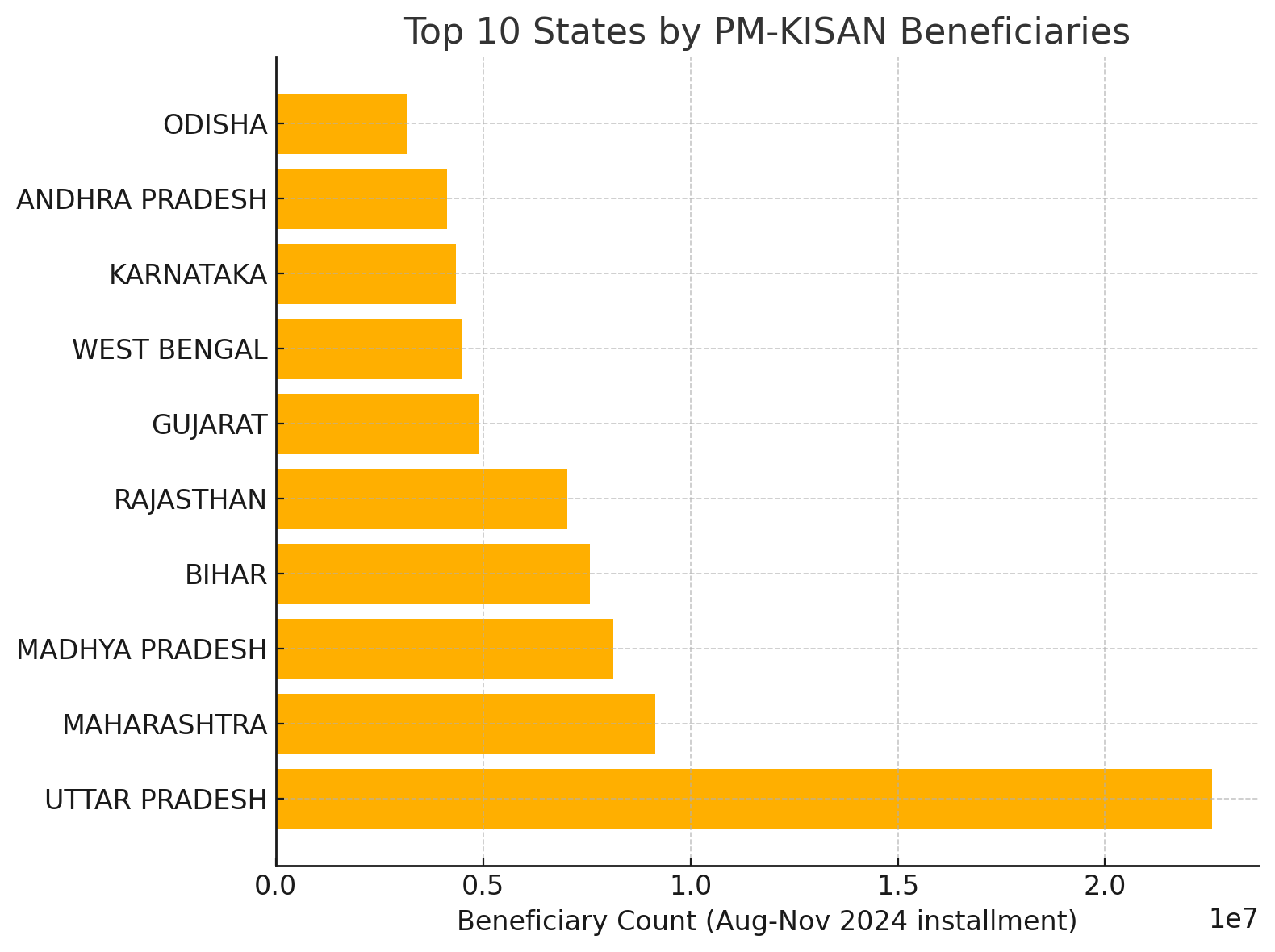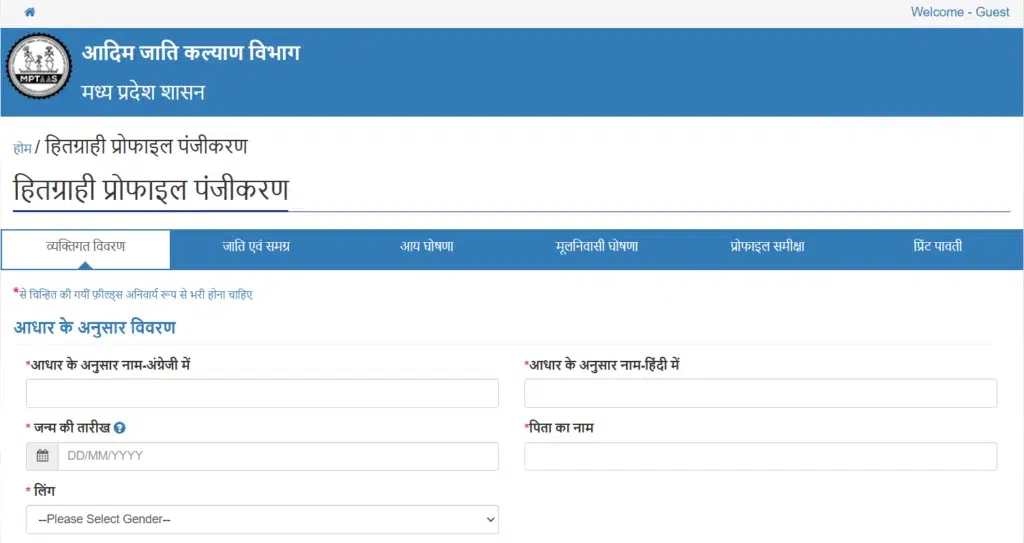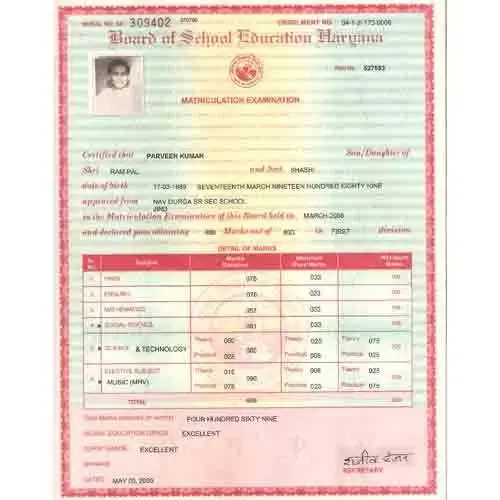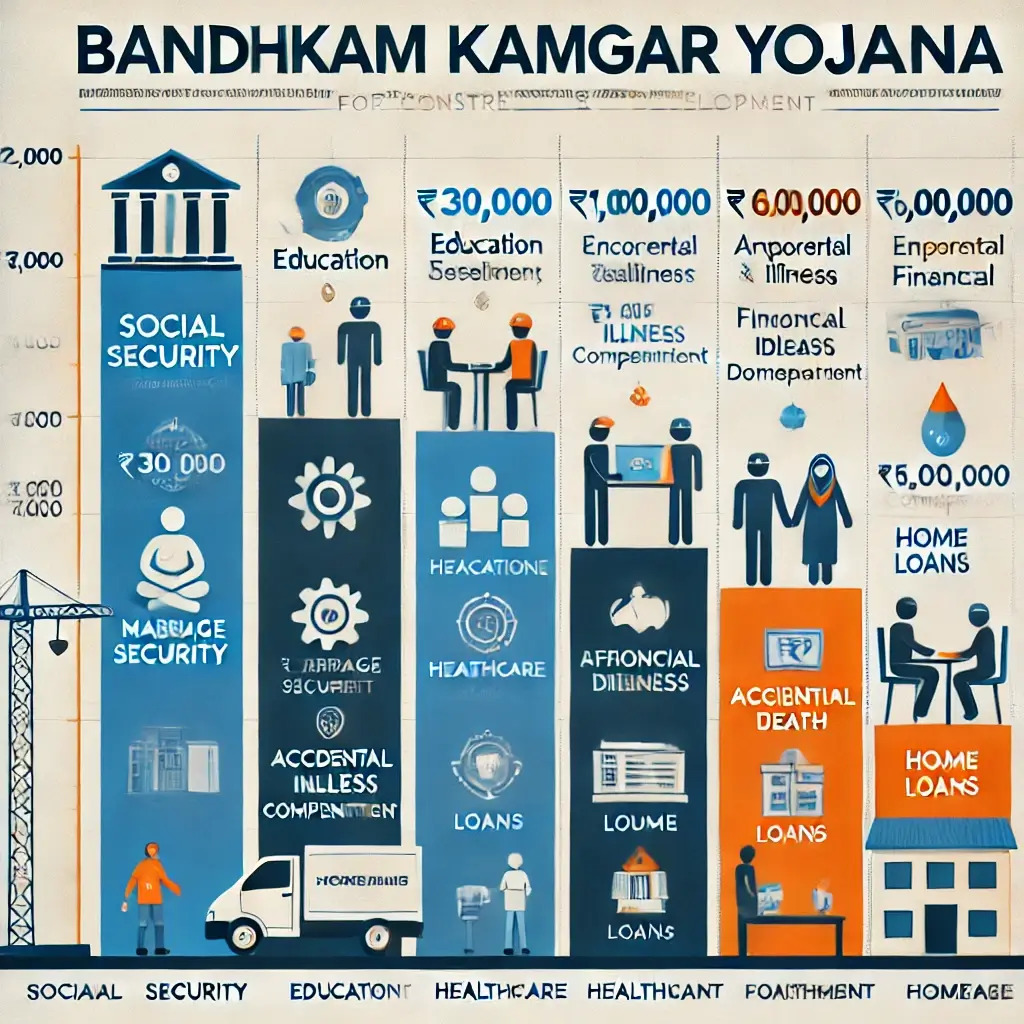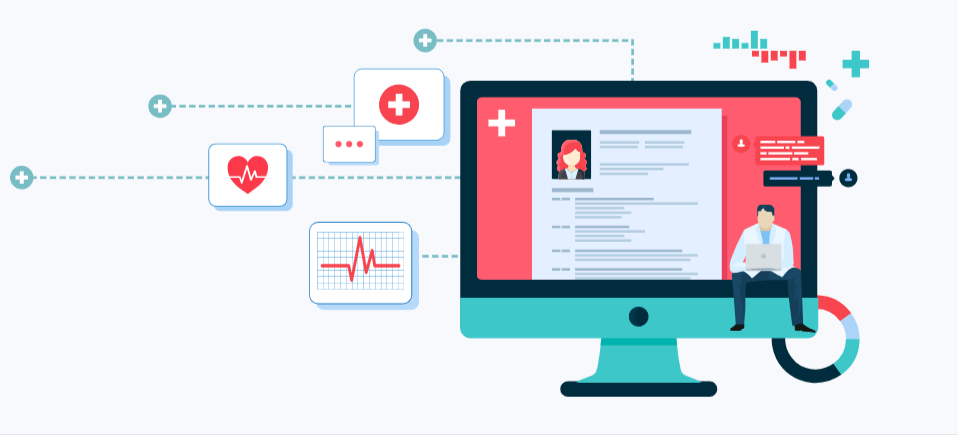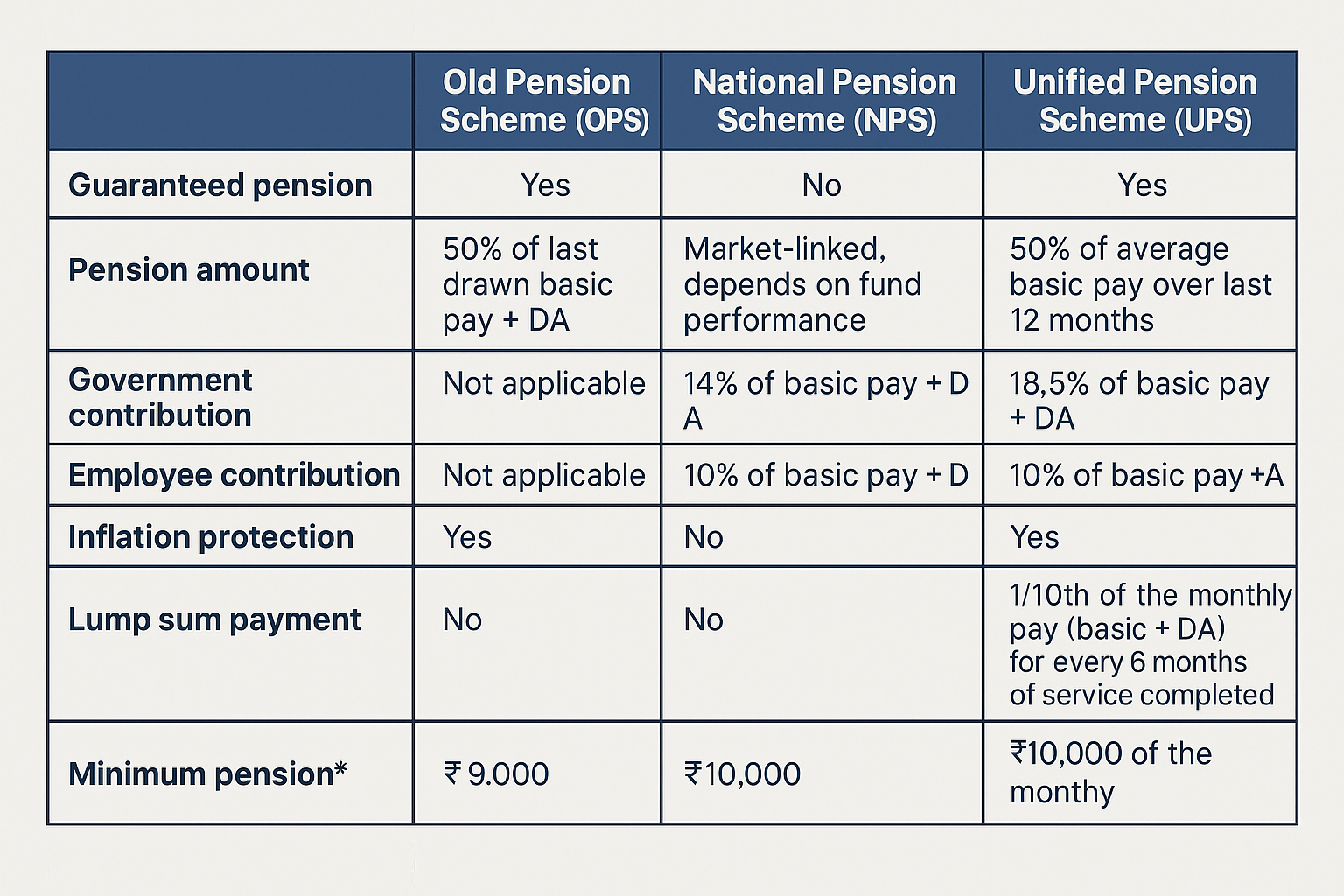
This content was recently updated by Sudhir Singh on April 23, 2025 to improve accuracy.
Summary: The Unified Pension Scheme (UPS) is a new retirement plan launched by the Indian government in 2024 for central government employees. It combines the best of the old pension scheme and the market-based NPS, offering both fixed pensions and long-term sustainability.
Only government employees who joined after January 2004 can opt in, and new hires from April 2025 can enroll directly. The application is time-sensitive—workers must decide within 30 days of joining.
UPS ensures a more stable income post-retirement and carries no extra charges for switching. To explore all details, please read the full article.
The Unified Pension Scheme (UPS), introduced by the Government of India in 2024 and operational from April 1, 2025, represents a significant reform in the pension framework for central government employees.
Positioned as a hybrid model, UPS integrates core principles from both the Old Pension Scheme (OPS) and the National Pension System (NPS), aiming to provide a balance between assured retirement income and fiscal sustainability.
This scheme specifically targets central government personnel who joined service on or after January 1, 2004, and are currently under the NPS. It offers a guaranteed defined benefit, addressing concerns regarding the market-linked variability inherent in the NPS, thereby enhancing post-retirement financial security.
Designed to function within the existing NPS architecture, UPS incorporates a contributory structure while reintroducing defined benefit assurances akin to those under OPS.
Scheme Objectives:
The primary objective of UPS is to unify and enhance the pension system for government employees. Approved by the Union Cabinet on August 24, 2024, its implementation from April 1, 2025, underscores the government’s commitment to balancing fiscal responsibility with employee welfare.
This scheme emerges as a strategic middle ground following extensive debate over the merits of restoring OPS (which posed significant fiscal burdens) versus continuing with NPS (which transferred market risk to employees).
Eligibility Criteria:
Eligibility for the Unified Pension Scheme is currently confined to government employees, with specific provisions for different groups:
- Central Government Employees: The scheme is primarily available to central government employees enrolled in NPS as of April 1, 2025. Existing NPS subscribers within this group are provided a one-time opportunity to transition to UPS. New central government recruits joining after April 1, 2025, will have a limited window (30 days from joining) to opt for UPS. A minimum of 10 years of qualifying government service is mandatory to be eligible for any pension benefits under UPS, with full benefits accruing after 25 years of service. The choice to switch to UPS is irrevocable.
- State Government Employees: While UPS is a central government initiative, state governments retain the discretion to adopt it for their own employees. States must formally approve and notify of the scheme’s applicability. Should a state adopt UPS, its employees would become eligible based on criteria mirroring the central government’s.
- Other Sectors (Unorganized, Private): The Unified Pension Scheme is exclusively for government personnel. Individuals in the unorganized or private sectors are not eligible for UPS but can avail themselves of other government-backed pension schemes, such as the Atal Pension Yojana (APY) for the unorganized sector or the voluntary National Pension System (NPS) for all citizens.
- Senior Citizens (NPS Retirees): Notably, the provisions of UPS will extend to central government employees who retired under NPS prior to the scheme’s implementation. Their pensions are subject to recalculation based on UPS rules, with any resulting arrears to be disbursed with interest. This ensures that previous NPS retirees benefit from the assured pension structure. Existing OPS pensioners (retired pre-2004) remain under the terms of the old scheme.
Benefits of UPS:
UPS offers several key benefits designed to provide robust retirement security:
- Assured Pension Security: The cornerstone of UPS is its guaranteed defined benefit. Employees completing 25 years or more of qualifying service are assured a pension equivalent to 50% of the average basic pay plus dearness allowance (DA) drawn during the last 12 months of service. For service between 10 and 25 years, the pension is calculated proportionally. A floor is set with a minimum pension of ₹10,000 per month for those with 10+ years of service. This provides a predictable income stream, eliminating market volatility risk associated with NPS payouts.
- Family Pension: UPS incorporates a robust family pension provision. Upon the demise of a pensioner, the eligible spouse or dependents are entitled to a family pension equivalent to 60% of the deceased employee’s last-drawn pension amount. This assures continued financial support for the family, a feature automatically provided under OPS and now reinstated within the UPS framework.
- Inflation Indexation: To preserve purchasing power, UPS pensions are indexed for inflation through Dearness Relief (DR) adjustments. These adjustments, linked to the All India Consumer Price Index (AICPI), are applied periodically, typically twice a year, mirroring the practice for current government salaries and OPS pensions. This is a significant advantage over fixed annuity payouts from NPS.
- Portability and Continuity: Leveraging the existing NPS infrastructure, UPS benefits from a centralized record-keeping system (CRA). This facilitates portability across central government departments and potentially to state governments that adopt UPS, ensuring seamless transfer of pension accounts and continuity of benefits.
- Comprehensive Retirement Package: UPS is structured as a complete retirement benefit package. In addition to the monthly pension and family pension, it includes a defined lump sum retirement benefit and gratuity payable at the time of exit, covering various financial needs upon superannuation.
Contribution Details:
The UPS operates on a contributory model involving both the employee and the government:
- Employee’s Contribution: Employees enrolled in UPS contribute 10% of their basic pay plus dearness allowance (DA) monthly to the pension fund. This rate aligns with the contribution level under NPS.
- Government’s Contribution: The government contributes 18.5% of the employee’s basic pay plus DA each month. This represents a substantial increase from the 14% contribution rate under NPS, demonstrating the government’s enhanced commitment to funding the guaranteed benefits.
- Management: These contributions are managed under the oversight of the Pension Fund Regulatory and Development Authority (PFRDA) within the NPS trust framework, albeit with specific provisions tailored for the defined benefits of UPS. Regular actuarial valuations are mandated to ensure the scheme’s long-term financial viability.
- Contribution Basis: Contributions are calculated as a fixed percentage of the full basic pay + DA, with no upper limit on the salary base for contributions. The minimum qualifying service is 10 years; contributions made for less than 10 years do not confer eligibility for a lifelong pension under UPS and would likely be handled via NPS-like withdrawal rules.
Pension Calculation:
Pension calculation under UPS follows a clear defined benefit formula:
- Full Service (>= 25 years): For employees with 25 years or more of qualifying service, the monthly pension is calculated as 50% of the average basic pay plus DA drawn over the last 12 months immediately preceding retirement.
- Proportionate Pension (10 to < 25 years): For employees with service between 10 and less than 25 years, the pension amount is calculated proportionally. The benefit is the fraction of the 50% maximum corresponding to the ratio of actual years of service to 25 years, applied to the average last 12 months’ pay + DA.
- Minimum Pension: Regardless of the calculated amount, the minimum monthly pension for an employee with 10 or more years of service is fixed at ₹10,000.
- Inflation Adjustment: Once the pension commences, it is subject to periodic DR adjustments.
Examples (Illustrative):
- Employee A: Retires after 30 years. Average last 12 months’ pay + DA = ₹80,000. Pension = 50% of ₹80,000 = ₹40,000/month.
- Employee B: Retires after 20 years. Average last 12 months’ pay + DA = ₹50,000. Proportionate factor = 20/25 = 0.8. Pension = 0.8 * (50% of ₹50,000) = 0.8 * ₹25,000 = ₹20,000/month. (This exceeds the minimum of ₹10,000).
- Employee C: Leaves service after 12 years. Average last 12 months’ pay + DA = ₹30,000. Proportionate factor = 12/25 = 0.48. Calculated pension = 0.48 * (50% of ₹30,000) = 0.48 * ₹15,000 = ₹7,200. However, due to the minimum guarantee, the pension will be ₹10,000/month.
Withdrawal and Exit Process:
Under UPS, “withdrawal” is primarily linked to separation from service, typically upon retirement.
- Superannuation: Upon reaching the official retirement age (e.g., 60 years), the employee receives the monthly pension calculated based on service and final pay, along with a lump sum retirement benefit and gratuity. The lump sum is calculated as one-tenth of the monthly emoluments (pay + DA) for every completed six months of service. This lump sum is an additional benefit and does not reduce the monthly pension entitlement.
- Voluntary/Early Retirement: Employees opting for Voluntary Retirement Scheme (VRS) or early retirement after completing at least 10 years of service are eligible for a proportionate pension, the defined lump sum, and gratuity, payable upon the date of retirement. It is advisable for employees to opt for formal voluntary retirement rather than resignation to secure pension benefits.
- Exit Before 10 Years: Employees separating from service before completing the minimum 10 years do not qualify for a lifelong pension under UPS. In such cases, their accumulated contributions (employee + government share) under the NPS framework would likely be refunded or managed according to NPS withdrawal rules.
- Death/Disability in Service: If an employee enrolled in UPS dies or is medically boarded out due to disability while in service, specific rules (likely aligned with existing extraordinary pension or family pension rules) will govern the benefits. In the case of death, the family is generally entitled to the family pension (60% of the potential pension).
Opt-in Process and Timeline: Existing central government employees under NPS as of April 1, 2025, have a limited period, specifically until June 30, 2025, to formally opt into the UPS. Failure to do so by this deadline will result in their continuation under the NPS rules by default. New recruits after April 1, 2025, must make their choice within 30 days of joining. The process is facilitated through the NPS CRA portal (Protean) or physical submission via departments.
Comparison: OPS vs. NPS vs. UPS
Understanding UPS is best achieved by comparing it with its predecessors:
- Funding: OPS was entirely non-contributory by the employee, with the government bearing the full liability. NPS and UPS are contributory, with a mandatory 10% employee contribution. The government contributes 14% in NPS Tier I (for its employees) and a higher 18.5% in UPS.
- Benefit Type: OPS and UPS are Defined Benefit schemes, guaranteeing a specific pension amount based on service and final pay. NPS is a Defined Contribution scheme; the final corpus and resulting pension depend solely on market performance of invested contributions and annuity rates at retirement.
- Risk Bearing: In OPS and UPS, the government bears the investment and longevity risk, assuring payment regardless of market fluctuations or how long the retiree lives. In NPS, the employee bears this risk.
- Inflation Adjustment: OPS and UPS pensions are indexed for inflation via Dearness Relief. Standard NPS annuities typically lack automatic inflation adjustments.
- Family Pension: OPS and UPS provide an assured family pension upon the retiree’s death. NPS requires specific annuity purchases (like a joint-life annuity) to provide for a spouse, reducing the initial payout.
- Lump Sum at Retirement: OPS provided gratuity and allowed commutation of pension. NPS permits withdrawal of up to 60% of the corpus as a tax-free lump sum, requiring the rest for an annuity. UPS provides gratuity and a separate, formula-based lump sum retirement benefit which does not reduce the monthly pension.
- Portability: NPS is highly portable across employment sectors (government to private). OPS had limited portability. UPS is portable across government entities (central and adopting states) but not to the private sector in terms of continued contributions.
In conclusion, the Unified Pension Scheme represents a strategic evolution, aiming to leverage the administrative efficiency and contributory structure of NPS while reinstating the crucial element of guaranteed defined benefits and inflation protection characteristic of the legacy OPS. It offers enhanced security and predictability for government employees’ retirement planning.
Fix readabilty score and tone more expertise
Financially, UPS will be more expensive for the government than NPS (due to guaranteed payouts and higher contributions) but less so than OPS in the long run because it is at least partially funded by contributions and has some limits (e.g., pension capped at 50%).
From an employee’s perspective, UPS is generally more beneficial if they prefer security, whereas NPS might appeal to those willing to invest and potentially get more if markets do very well. The next section (FAQs) addresses common queries, and the final sections provide context and resources.
8. Frequently Asked Questions (FAQs)
Q1: Who is eligible to join the Unified Pension Scheme (UPS)?
A: All central government employees who joined on or after Jan 1, 2004 (and are thus under NPS) are eligible to opt into UPS.
This includes existing employees as well as recruits going forward. New central govt hires from April 1, 2025 can choose UPS when they join. State government employees are not automatically covered, but if their state government adopts UPS, then those state employees can opt in as per that state’s rules (e.g., Maharashtra state employees can, since that state approved UPS).
. The general public (private sector, unorganized workers) cannot directly enroll in UPS – it’s a workplace scheme for government staff. They have other pension schemes like NPS (voluntary), APY, PM-SYM, etc., instead. Importantly, to receive pension benefits under UPS, an employee must serve at least 10 years; otherwise no pension (just withdrawal). One must opt-in within the specified window (by June 30, 2025, for current staff) to be part of UPS.
Q2: How and when do I exercise the option to switch from NPS to UPS?
A: The Government has provided a one-time option window from April 1, 2025, to June 30, 2025, for existing eligible employees to choose UPS.
During this period, you need to submit an option form (online via the NSDL CRA system or through your department) to irrevocably switch to UPS. If you do nothing by the deadline, you will remain in NPS by default. New employees who join after April 1, 2025, must decide within 30 days of joining whether to be in NPS or UPS.
Once you opt for UPS, the choice is final and cannot be changed later.
You cannot go back to NPS or vice versa after the window closes. So, evaluate carefully and make sure to submit your options on time. The PFRDA (pension regulator) has notified detailed procedures to enroll; essentially, it will be a form where you consent to switch and that’s recorded in the system.
After opting in, your NPS account will be tagged for UPS benefits.
Q3: If I switch to UPS, what happens to the money already in my NPS account?
A: Your past NPS contributions and accumulated pension fund are not lost. The government has indicated that provisions of UPS will apply to past NPS service and even past retirees
In practical terms, this likely means the corpus will be used to fund the UPS benefits or transferred into the UPS funding mechanism. You might not directly see that money as a lump sum because it’s being converted into the guaranteed pension framework. If you’re already retired (and were in NPS), your pension will be recalculated per UPS and you’ll get arrears with interest for the difference.
For current employees, any future contributions will go into the UPS structure. So while your NPS account as you knew it (with individual NAV etc.) may cease to grow, the value accumulated is effectively used to give you service credit under UPS. You won’t be asked to forfeit it; it’s just managed on the backend. This ensures continuity – years under NPS count toward the 25-year service requirement for a full pension, for instance. From the employee perspective, one should simply see no break in contributions and later see the benefits as per UPS rules.
Q4: How is the pension amount determined under UPS?
A: The pension is a fixed percentage of your last pay, unlike the variable outcome in NPS. Under UPS, after at least 25 years of service, you get 50% of the average basic pay (plus DA) of your last 12 months as your monthly pension.
If you have less than 25 years, you get proportionally less (e.g., 20 years ≈ 40% of last pay, 15 years ≈ 30%, etc.), with at least 10 years needed to get any pension.
There’s also a minimum pension floor of ₹10,000 per month – even if the formula gives less, you’ll be bumped up to ₹10k (once you have 10+ years of service).
Importantly, this pension will increase with inflation (through Dearness Relief) just like pensions in the old scheme.
In contrast, under NPS the pension depends on your corpus and annuity purchase: there’s no fixed percentage of salary, it could be lower or higher depending on markets. UPS effectively guarantees what portion of your ending salary you’ll receive.
Q5: Will I still get a lump sum at retirement under UPS?
A: Yes, UPS provides a one-time lump sum payment at the time of retirement (superannuation), in addition to the monthly pension. The lump sum is calculated as 1/10th of your last drawn monthly pay (plus DA) for every 6 months of service completed.
This works out to roughly one extra month’s salary for each year of service divided by 5 (since 12 months/year * 1/10 per 6 months = 1/5 per year; 1/5 of a month per year × years). For example, 30 years of service yields ~6 months’ worth of salary as a lump sum. This is over and above your entitled gratuity, which remains as per Central Govt rules (up to 16.5 months of pay, capped by the prevailing limit) and does not reduce your pension.
In OPS, one only got gratuity (unless one commuted pension). In NPS, one can take 60% of the corpus which may or may not equate to these amounts. UPS ensures a predictable golden handshake amount. So yes, you effectively get two lump sums: the usual gratuity and the UPS lump sum. These help you meet immediate post-retirement needs (house, debt, medical, etc.) while your pension provides ongoing income.
Q6: Is the UPS pension indexed to inflation?
A: Yes. One of the key features of UPS is that pensions are inflation-indexed just like under the OPS
The government will provide Dearness Relief (DR) on UPS pensions, which is typically revised twice a year in line with the inflation index (AICPI for Industrial Workers)
This means if inflation is, say, 5%, the government might announce a DR increase of 5% on pensions (broadly similar to how serving employees get DA). For pensioners, DR is a percentage add-on to their basic pension. So a ₹20,000 pension today with 5% DR becomes ₹21,000 total, and so on. This indexing ensures that rising prices don’t severely diminish the value of your pension over time. In NPS, once you buy an annuity, most annuities in India are fixed and do not increase with inflation (unless you buy an expensive inflation-linked annuity which often starts very low). So UPS provides a big advantage in protecting retirees’ real income.
Q7: What happens to my NPS Tier-II or other retirement savings if I go to UPS?
A: The UPS primarily replaces the NPS Tier-I (the main pension account). If you had an NPS Tier-II account (which is like a voluntary savings account), that account is independent of your Tier-I. UPS doesn’t have a Tier-II component since it’s not an investment scheme but a pension guarantee. You could presumably still keep Tier-II for flexibility or withdraw it, as it’s voluntary. UPS does not offer an equivalent to Tier-II; you might consider things like the General Provident Fund (GPF) if available, or other saving schemes for additional retirement savings. In short, Tier-II isn’t directly affected by UPS, because Tier-II was always your optional money (and not governed by pension rules). You can continue or close Tier II as you wish. The core change is that Tier-I contributions now follow UPS rules. Other savings like GPF, PF, insurance, etc., remain as they are – those are separate from the pension scheme choice.
Q8: If I stick with NPS, what do I lose or gain compared to UPS?
A: If you choose to remain in NPS, you won’t get the guaranteed 50% pension or other UPS benefits. Instead, you’ll retire with whatever corpus accumulates in your NPS account. Upon retirement, you can withdraw 60% and must buy an annuity with at least 40% to get a monthly pension.
The potential gain with NPS is that if the markets perform very well and you manage your investments actively, you could end up with a very large corpus that might generate a higher pension than UPS would have given. Also, NPS gives you flexibility on how to use the corpus (you could choose different annuity types, or withdraw more if rules change, etc.). The risk is that if markets do poorly or interest rates are low at retirement, your pension could be much lower – there’s no floor guarantee. You also do not automatically get inflation adjustments or family pensions (unless you plan for those via annuity choices). UPS, conversely, trades away the chance of very high returns for the certainty of a defined benefit. The government claims that over 99% of employees will be better off under UPS because achieving a 50% final salary pension via NPS would require exceptional returns and a very large corpus.
(for instance, annuity rates in India might give ~6% returns; to get ₹30k/month, one needs a corpus of ~₹60 lakh). So UPS is generally safer. However, an employee with strong investment knowledge or other sources of retirement income might feel NPS could yield more. It boils down to risk appetite: NPS = potentially higher returns but risky, UPS = secure returns but no windfalls.
Q9: Will the Government sustain UPS in the long run? Is it financially viable?
A: The government has designed UPS to be actuarially funded and reviewed regularly to ensure sustainability.
Unlike OPS where pensions were paid from the annual budget without a dedicated fund, UPS will use the contributions (10% + 18.5%) to build a pension fund, which, if managed well, will finance a large portion of the pension payouts. An actuarial assessment every 3 years will check the health of this fund and its liabilities.
If needed, adjustments could be made (for example, contribution rates or other parameters might be tweaked for new entrants) to keep it viable. The government’s commitment to UPS is strong as it addresses employee demands; they’ve acknowledged it will cost more but have accepted that.
With ~23 lakh central employees, the government will budget for these pensions each year. In effect, UPS does reintroduce a defined benefit obligation, but the extra contributions and potential investment earnings aim to mitigate the burden. Many experts believe it’s a middle path – not as costly as OPS (since employees contribute and fund accumulates), but certainly costlier than NPS.
Given political will and the importance of employee welfare, it is expected the government will sustain UPS. It’s now part of central policy, and even if future adjustments occur, they are unlikely to pull back the core promise for those who join – that would break trust. So yes, UPS appears to be here to stay, and mechanisms (like PFRDA oversight) are in place to manage its long-term viability.
Q10: How does UPS affect the unorganized sector pension schemes (APY, PM-SYM)?
A: Directly, UPS does not affect those schemes – they continue as-is for their target groups. UPS is focused on government employees. However, there is a broader vision in some policy circles about a possible “universal” or “unified” pension system for all Indians
The idea would be to eventually integrate schemes like APY, PM-SYM, and others into a common framework to simplify and extend pension coverage.
policybazaar.com
. The naming “Unified Pension Scheme” for government employees might be coincidental or part of this larger philosophy. As of now, if you are an unorganized sector worker contributing to PM-SYM or APY, nothing changes for you due to UPS; you should continue with those. If anything, UPS highlights the government’s commitment to pension security, which could in the future translate into more enhancements for other schemes too. But no, UPS benefits or features (like 50% of pay pension) are not available to the general public or unorganized workers at this time. They have their parameters (e.g., APY guarantees max ₹5,000 pension) and those remain separate.
Q11: I am a Central Govt employee who joined before 2004 and is under OPS. Does UPS impact me?
A: No, if you are an OPS beneficiary (joined before 2004), you will remain in OPS with your existing benefits. UPS is optional and applicable only to those who were under NPS. OPS folks generally consider themselves to already have a superior deal (full government-funded pension with full DA linkage). The government is not moving OPS people to UPS because OPS pensions are already being paid (and many OPS folks are already retired or close to it). So there is no change for pre-2004 hires – you continue with the old pension regime. UPS is essentially the government’s solution for post-2004 hires who had been discontent with NPS.
Q12: Is UPS a central scheme or has any state implemented it?
A: UPS is a Central Government scheme introduced by the Union Government. It is being implemented for central employees across India from April 2025
. States have the option to adopt it. As of the latest updates, Maharashtra’s state government approved adopting UPS for its employees (being the first to do so)
. Other states may follow suit, especially those who are looking for a middle ground instead of reverting fully to OPS. Some states, however, have already reverted to OPS for their employees and might stick with that unless persuaded otherwise. In any case, for a state government employee, the rule is: if your state government formally notifies the adoption of UPS, then UPS will apply to you (likely with a similar opt-in choice if you were in NPS). If not, then UPS does not concern you yet.
9. National-Level Context and Related Pension Programs
The introduction of the Unified Pension Scheme marks a significant shift in India’s pension policy. Here’s the broader context at the national level:
Central Scheme with Optional Wider Adoption: UPS is an initiative by the Central (Union) Government and is being rolled out as the new pension framework for central government employees.
It essentially overturns part of the 2004 pension reform by bringing back a defined benefit element.
The central government’s decision was influenced by long-standing demands from employee unions and political pressure to ensure better retirement security.
By balancing it with contributions, the Centre is trying to make it fiscally manageable. The Union Cabinet’s approval in August 2024 signalled a formal commitment to this policy change.
At a national level, this move is somewhat unprecedented: after 20 years of NPS being the standard, the government has acknowledged the need for a guarantee. It shows a responsiveness to public servant concerns, even as it raises fiscal questions.
Integration with Other Pension Programs: Currently, UPS is not directly integrated with social pension programs for the wider public. It stands alongside schemes like NPS, APY, and PM-SYM, each serving different segments:
NPS (National Pension System): Will continue to operate for central government employees who choose not to switch, for many state government employees (unless they adopt UPS or revert to OPS), and for the general public/private sector as a voluntary retirement savings option.
Even with UPS in place, NPS remains the default for those who don’t opt-in or aren’t eligible. UPS is being implemented “within the NPS” infrastructure, which suggests that administratively it is like a sub-scheme of NPS for government employees, regulated by PFRDA.
Atal Pension Yojana (APY): Aimed at unorganized workers (18-40 age entry) guaranteeing ₹1k-5k monthly pension after 60. APY already has government co-contribution for some and fixed payouts but is targeted at low-income individuals.
UPS does not merge with APY, but the concept of “unifying” pension schemes has been floated to possibly bring schemes like APY and PM-SYM under one umbrella in the future.
This could simplify things, but as of now, APY runs separately under the Pension Ministry/Department of Financial Services for its clientele.
PM-SYM (Pradhan Mantri Shram Yogi Maandhan): A voluntary scheme for unorganized workers (entry before age 40, with monthly contributions matched by government) to provide ₹3,000 pension from age 60. This too is separate. There has been talk of a “Universal Pension” program to cover all citizens, which would entail integrating PM-SYM, APY, and possibly NPS Lite into a single system.
The use of the term “Unified” in UPS might indicate a step in that direction, but at this point, UPS is confined to government employees.
NPS Lite/Swavalamban: NPS Lite was a reduced-cost version of NPS for economically disadvantaged groups, along with the government-funded Swavalamban programme. These have effectively been subsumed by APY since 2015. The idea of unification would mean not having separate silos for NPS Lite, APY, PM-SYM, etc., but rather one pension framework for the informal sector.
The UPS in its full vision could perhaps be expanded later to include or interface with such a universal scheme. But right now, no such integration has been executed. UPS’s immediate integration is with existing retirement processes for the central government via PFRDA and the CRA system, not with the other mass schemes.
Implementation Status: As of early 2025, the government has notified the operational rules for UPS
. PFRDA issued guidelines detailing eligibility groups, enrollment process, and timelines (the three-month window, etc.)
. The backend systems (like the NSDL CRA website) are being readied to accept UPS option submissions from April 1, 2025
. The scheme will officially become operational on April 1, 2025 – meaning from that date contributions at the new rates can start and any retiring employees from that date onwards who have opted in will get UPS benefits. Maharashtra, as mentioned, has cleared it for state employees (from August 2024 itself, anticipating central approvals)
. Other states are watching closely; some may adopt to appease employees without fully going back to OPS. Politically, the issue of OPS vs NPS was heated, and UPS is seen as the central government’s compromise solution.
Implementation will involve training of account officers, changes in accounting (since now the government has to record a pension liability), and legal/regulatory adjustments (possibly amending the PFRDA Act or civil service pension rules). The Department of Expenditure (Finance Ministry) and Department of Pensions would be issuing detailed instructions.
Reception and Updates: Initial reactions suggest central government employees are broadly in favour of UPS, as it addresses their core demand of an assured pension. Unions have welcomed it, though some still prefer a return to OPS (since OPS was even more generous in some respects, like no contribution from employees)
. The government has argued UPS is a balanced approach and has urged employees to opt in, citing that the vast majority would benefit.
. Official updates can be tracked via circulars from the Finance Ministry. For instance, on Jan 24, 2025, the Government made a formal announcement calling UPS the new framework.
, and PFRDA’s notification came out in March 2025.
Economic Impact: On a national level, UPS will increase the government’s pension expenditure over time. To put it in context, the central and state pension bills under OPS had been rising (one reason NPS was introduced). By partially reintroducing defined benefits, there will be budget implications. However, by maintaining contributions and potentially investing in them, the impact might be moderated. The central government has roughly 2 million (20 lakh) employees who would shift to UPS.
The annual incremental cost for central government is estimated at ₹6,000+ crore.
This is manageable in the overall budget, but not trivial. Still, in national terms, it is seen as an investment in the workforce’s morale. Rating agencies and economists will watch how this liability is managed. Periodic actuarial reviews will determine if any course corrections are needed (e.g. if the life expectancy of pensioners increases significantly, the costs rise. They might need to adjust contributions or something many years down the line.
In essence, the UPS is a centrally-driven pension reform that currently stands alongside existing schemes. It points to a potential future where multiple pension schemes could be unified for simplicity – indeed, the term “Unified” hints at consolidating pension management under one roof (perhaps PFRDA) for both formal and informal sectors.
. We aren’t there yet, but the guideposts are visible. For now, government employees have a new deal on the table, and the rest of the populace continues with the array of pension products already in place.
10. Official Resources and Further Reference Links
For readers who want to delve deeper or see official documentation, here are some useful resources:
Government Press Release (Cabinet Decision) – Press Information from PIB/PMO: The Union Cabinet’s approval of UPS on 24 Aug 2024 is summarized in a press release. It lists the salient features in bullet points.
This is an official description straight from the government, useful for a concise authoritative overview.
PFRDA Circular/Notification on UPS (2025): The Pension Fund Regulatory and Development Authority (PFRDA) issued detailed operational guidelines on UPS in early 2025
This covers eligibility groups, how to opt in, and the rule that the option is irrevocable. Check the PFRDA website or circular reference (likely dated around March 2025) for technical details if needed.
Ministry of Finance – Department of Expenditure Notifications: Since UPS was spearheaded by the Dept. of Expenditure, any gazette notifications or office memorandums regarding implementation would be available on the Ministry of Finance’s website. These would include instructions to offices on how to implement UPS, how to calculate benefits and accounting procedures. One such document was an Office Memorandum in January 2025 announcing the scheme framework.
NSDL CRA Portal (NPS website): The Central Recordkeeping Agency for NPS (Protean eGov, formerly NSDL) will be handling the choice exercise. Their official portal for NPS https://npscra.nsdl.co.in may have a section or pop-up for the Unified Pension Scheme option for eligible subscribers.
. This is where one would log in to opt for UPS. The site may also have FAQs and helpdesks to assist subscribers with the transition.
Official FAQ Document: Often, after a scheme change, the government or PFRDA might release a Frequently Asked Questions document. While we covered many FAQs above, an official FAQ might be available through the Department of Pensions or DoPT or PFRDA, clarifying common doubts in official language.
National Pension System Trust / PFRDA – Annual Reports: For those interested in the actuarial and financial impact, the NPS Trust or PFRDA annual report in coming years will likely mention UPS. PFRDA’s Chairperson’s address in March 2025 (at a conference) highlighted UPS as a defined-benefit scheme for government employees (pfrda.org.in). These reports can give insight into how the funds are being managed and the number of people opting in.
Pension Calculators: Some online resources have popped up that help compare what one might get under NPS vs UPS (given certain assumptions). While not official, they can be useful. For example, some news outlets or financial websites have created UPS vs NPS calculators. Always double-check with official formulas, but these tools can aid personal decision-making.
Related Government Schemes info: For completeness, official pages for Atal Pension Yojana (APY), PM Shram Yogi Maandhan, and National Pension System can be found on government portals (e.g., india.gov.in or the respective ministry sites). They provide details on those schemes if one is looking at pension options outside UPS. Given that UPS doesn’t cover private citizens, those remain relevant. Specifically: APY on npstrust and PM-SYM on labor ministry site are good references.
Media Articles and Explainers: While not “official,” reading reputable news analyses can help. For instance, articles by The Hindu, Economic Times, and Financial Express in August 2024 and March 2025 have detailed comparisons and expert opinions on OPS vs NPS vs UPS.
They often quote official sources and can provide context on why decisions were made. Just ensure to cross-verify facts with official documents, as media sometimes simplify things.
Note: Always refer to the latest circulars and orders for the most up-to-date rules. Pension policies can evolve, and while this guide captures the UPS as introduced, future governments or budgets could refine aspects of it.
The links above should serve as a starting point for authoritative information. As UPS is a new scheme, staying informed through official channels (like the Central Government Employee Welfare websites or PFRDA updates) is advisable, especially for those who have to make the opt-in decision.
Show thinking
Okay, let’s integrate the additional content and optimize the entire document for enhanced readability and a more authoritative, expert tone.
Unified Pension Scheme (UPS): An In-Depth Analysis
The Unified Pension Scheme (UPS), formally introduced by the Government of India in 2024 and effective from April 1, 2025, constitutes a pivotal evolution in the pension framework for central government employees. Designed as a hybrid model, UPS strategically combines elements from both the legacy Old Pension Scheme (OPS) and the National Pension System (NPS), aiming to reconcile the demand for guaranteed retirement income with the necessity for long-term fiscal sustainability.
This scheme is specifically applicable to central government personnel who commenced service on or after January 1, 2004, and were consequently enrolled under the NPS. By reinstating a defined benefit component, UPS directly addresses the volatility and market-linked uncertainties perceived in the NPS, thereby bolstering post-retirement financial security for government employees. The scheme is integrated within the existing NPS administrative and technological architecture, maintaining a contributory structure while incorporating defined benefit assurances that characterized the OPS.
Scheme Objectives:
The fundamental objective underpinning UPS is to unify and strengthen the pension system for government employees. The Union Cabinet’s approval on August 24, 2024, and the subsequent implementation date reflect a deliberate policy shift intended to balance fiscal prudence with employee welfare. UPS represents a carefully considered compromise following extensive deliberations on the viability of reverting to OPS (which presented substantial unfunded liabilities) versus continuing solely with NPS (which transferred investment risk entirely to employees).
Eligibility Criteria:
Eligibility for participation in the Unified Pension Scheme is presently restricted to government employees:
- Central Government Employees: The scheme is primarily open to central government employees who are part of the NPS as of April 1, 2025. Existing NPS subscribers within this cohort are afforded a singular, time-bound opportunity to transition to UPS. New central government appointees joining after April 1, 2025, must elect between NPS and UPS within 30 days of assuming duty. A minimum of 10 years of qualifying government service is requisite for eligibility for any pension benefits under UPS; full benefits accrue upon completion of 25 years of service. The election to join UPS is irreversible.
- State Government Employees: While a central initiative, state governments possess the autonomy to adopt UPS for their employees. Such adoption necessitates formal state-level approval and notification. Upon a state’s adoption, its employees would become eligible based on criteria mirroring those for central government personnel. Maharashtra has notably become the first state to approve UPS adoption for its employees.
- Other Sectors (Unorganized, Private): UPS is exclusively designed for government service. Individuals employed in the unorganized or private sectors are not eligible for direct enrollment but have access to alternative national pension schemes such as the voluntary NPS for all citizens, the Atal Pension Yojana (APY) for the unorganized sector, and the Pradhan Mantri Shram Yogi Maandhan (PM-SYM).
- Senior Citizens (NPS Retirees): A significant provision dictates that UPS benefits will apply retrospectively to central government employees who retired under NPS prior to the scheme’s commencement. Their pensions will be subject to recalculation under UPS rules, with any resultant arrears disbursed with interest at prevailing Public Provident Fund (PPF) rates. This ensures equitability by extending the assured pension structure to past NPS retirees. Employees who retired under OPS (before 2004) remain unaffected by UPS provisions.
Benefits of UPS:
UPS confers several key benefits aimed at enhancing retirement security:
- Assured Pension Security: The defining feature is the provision of a guaranteed pension. Employees completing 25 or more years of qualifying service are assured a pension equivalent to 50% of the average basic pay plus dearness allowance (DA) drawn over the final 12 months of service. For service duration between 10 and 25 years, the pension is proportionally calculated. A minimum pension floor of ₹10,000 per month is established for individuals with 10+ years of service, ensuring a baseline income regardless of calculation. This mechanism effectively insulates retirees from market fluctuations.
- Family Pension: UPS includes a robust survivor benefit. Upon the pensioner’s demise, the eligible spouse or dependents receive a family pension amounting to 60% of the deceased employee’s last-drawn pension. This provides essential financial continuity for families, a feature inherited from the OPS framework.
- Inflation Indexation: To safeguard against the erosion of purchasing power, UPS pensions are indexed to inflation through Dearness Relief (DR) adjustments. These adjustments, aligned with the All India Consumer Price Index (AICPI), are typically revised bi-annually, mirroring the practice for serving government employees and OPS pensioners. This feature is a crucial advantage over fixed annuity products prevalent in NPS.
- Portability and Continuity: By operating within the existing NPS technological infrastructure (CRA system), UPS facilitates seamless account management and portability across central government departments. In states that adopt UPS, portability to such state services is also enabled.
- Comprehensive Retirement Package: UPS is designed as a holistic retirement provision. It encompasses the assured monthly pension, family pension, inflation protection, and importantly, a defined lump sum retirement benefit and gratuity payable upon separation from service.
Contribution Details:
The Unified Pension Scheme operates on a joint contributory model:
- Employee’s Contribution: Participating employees contribute 10% of their basic pay plus dearness allowance (DA) monthly to the pension fund. This aligns with the contribution rate under NPS Tier-I.
- Government’s Contribution: The government, as the employer, contributes 18.5% of the employee’s basic pay plus DA each month. This represents a material increase over the 14% government contribution under NPS Tier-I, reflecting the enhanced commitment required to support the defined benefits.
- Fund Management: Contributions are managed under the purview of the Pension Fund Regulatory and Development Authority (PFRDA) within the NPS trust framework, guided by specific regulations for the defined benefit structure of UPS. Actuarial valuations are conducted periodically (every 3 years) to assess the scheme’s financial health and long-term sustainability.
- Contribution Basis: Contributions are percentage-based, applied to the full basic pay plus DA, without an explicit upper limit on the salary base for contribution calculation. Eligibility for a lifelong pension necessitates a minimum of 10 years of service; contributions made for service duration less than 10 years do not confer pension entitlement under UPS and would be subject to alternative rules, likely involving a refund of accumulated contributions similar to NPS withdrawal provisions.
Pension Calculation:
Pension calculation under UPS is a defined benefit process determined by service length and final emoluments:
- Full Service (>= 25 years): For employees completing 25 years or more of qualifying service, the monthly pension is calculated as 50% of the average basic pay plus DA drawn over the last 12 months preceding retirement.
- Proportionate Pension (10 to < 25 years): For service duration between 10 and less than 25 years, the pension is calculated proportionally. The benefit is derived by applying the ratio of actual service years to 25 years to the potential 50% of the average last 12 months’ pay + DA.
- Minimum Pension: A guaranteed minimum monthly pension of ₹10,000 is provided for employees with 10 or more years of service, overriding the calculated amount if it falls below this threshold.
- Inflation Adjustment: Post-retirement, the calculated pension is subject to periodic increases through Dearness Relief (DR) adjustments.
Illustrative Examples:
- Employee A: Retires after 30 years. Average last 12 months’ pay + DA = ₹80,000. Pension = 0.50×₹80,000=₹40,000/month.
- Employee B: Retires after 20 years. Average last 12 months’ pay + DA = ₹50,000. Proportionate factor = 20/25=0.8. Calculated Pension = 0.8×(0.50×₹50,000)=0.8×₹25,000=₹20,000/month (exceeds minimum).
- Employee C: Separates after 12 years. Average last 12 months’ pay + DA = ₹30,000. Proportionate factor = 12/25=0.48. Calculated Pension = 0.48×(0.50×₹30,000)=0.48×₹15,000=₹7,200. Due to the minimum guarantee, monthly pension = ₹10,000.
Withdrawal and Exit Process:
Exit from UPS is primarily linked to separation from government service, typically through retirement:
- Superannuation: Upon reaching the prescribed age of superannuation, the employee is entitled to receive the calculated monthly pension for life, a defined lump sum retirement benefit, and gratuity as per prevailing rules. The lump sum is calculated based on service duration (1/10th of last monthly emoluments for every completed 6 months of service) and is payable in addition to the pension and gratuity, without reducing the pension entitlement.
- Voluntary/Early Retirement: Employees taking Voluntary Retirement Scheme (VRS) or retiring early after completing a minimum of 10 years of service are eligible for a proportionate pension, the defined lump sum, and gratuity, payable from the date of retirement. Opting for formal voluntary retirement is crucial to secure pension benefits compared to simple resignation.
- Exit Before 10 Years: Separation from service prior to completing 10 years disqualifies the employee from lifelong pension benefits under UPS. In such instances, the treatment would likely involve a refund of accumulated contributions, aligning with NPS withdrawal provisions.
- Death/Disability in Service: In the unfortunate event of an employee’s death or medical incapacitation while in service after opting into UPS, benefits will be governed by applicable rules (e.g., Central Civil Services (Extraordinary Pension) Rules). This typically includes provision for a family pension (often 60% of the employee’s potential pension) to the eligible dependents.
Opt-in Process and Timeline: Eligible existing central government employees under NPS as of April 1, 2025, are provided a definitive window from April 1, 2025, to June 30, 2025, to irrevocably opt into UPS. Failure to exercise this option by the deadline results in default continuation under NPS. New central government recruits after April 1, 2025, must make their election within 30 days of joining. The election process is facilitated through the NPS Central Recordkeeping Agency (CRA) system.
Comparison: OPS vs. NPS vs. UPS
A comparative analysis highlights the distinct characteristics of these three pension frameworks:
- Funding Mechanism: OPS was an unfunded, non-contributory defined benefit scheme. NPS and UPS are contributory. NPS Tier-I involves 10% employee and 14% government contribution. UPS mandates 10% employee and 18.5% government contribution.
- Nature of Benefit: OPS and UPS provide a Defined Benefit, guaranteeing a pension amount based on service and final salary. NPS is a Defined Contribution scheme, where the final pension is contingent upon accumulated corpus and annuity rates, with no guaranteed amount.
- Risk Allocation: Under OPS and UPS, the government assumes investment and longevity risk, guaranteeing the pension. In NPS, these risks are borne by the employee.
- Inflation Protection: Pensions under OPS and UPS are indexed for inflation via Dearness Relief. Standard NPS annuities typically do not feature automatic inflation adjustment.
- Family Pension: OPS and UPS include an assured family pension provision for dependents. In NPS, provision for a spouse requires purchasing a specific annuity type, which impacts the initial payout.
- Lump Sum at Retirement: OPS provided Gratuity and allowed pension commutation. NPS permits withdrawing up to 60% of the corpus. UPS provides Gratuity plus a separate, formula-based lump sum retirement benefit that does not affect the monthly pension.
- Portability: NPS is highly portable across sectors. OPS had limited portability. UPS is portable across government entities but not to the private sector for contribution purposes.
Financially, UPS represents a greater expenditure for the government than NPS due to the guaranteed benefits and higher contribution rate. However, it is designed to be less fiscally burdensome than a full return to OPS in the long term, owing to the contributory nature and the accumulation of a dedicated fund. From an employee perspective, UPS generally offers enhanced security and predictability, while NPS might appeal to individuals comfortable with market risk seeking potentially higher returns.
Frequently Asked Questions (FAQs):
Addressing common queries regarding the UPS:
- Q1: Who is eligible? A: Central government employees who joined on or after Jan 1, 2004, and are under NPS. New central government recruits from April 1, 2025, can also elect UPS. Eligibility for state government employees is contingent upon their state government adopting UPS. The scheme is not open to the general public or private sector employees. A minimum of 10 years of service is required to receive UPS pension benefits.
- Q2: How and when can I opt-in? A: Eligible existing employees have a one-time option window from April 1, 2025, to June 30, 2025, to submit an irrevocable option form (online via CRA or through the department) to switch to UPS. New employees from April 1, 2025, must decide within 30 days of joining.
- Q3: What happens to my existing NPS corpus if I switch to UPS? A: The accumulated NPS Tier-I corpus is not forfeited. It will be managed by the government, effectively converted or transferred into the UPS funding mechanism to support the defined benefit promises, including counting towards service credit. You will not receive this amount as a lump sum; its value underpins your assured UPS pension.
- Q4: How is the UPS pension amount calculated? A: The monthly pension is 50% of the average basic pay plus DA of the last 12 months for 25+ years of service. For 10 to < 25 years, it’s a proportionate amount. A minimum of ₹10,000 per month is guaranteed for those with 10+ years of service.
- Q5: Is a lump sum paid at retirement under UPS? A: Yes. At superannuation, employees receive a monthly pension, the standard gratuity, AND a separate lump sum calculated as one-tenth of the last monthly pay+DA for every 6 months of service. This lump sum does not reduce the pension.
- Q6: Is the UPS pension indexed to inflation? A: Yes. UPS pensions receive Dearness Relief (DR) adjustments periodically, linked to the AICPI, ensuring inflation protection.
- Q7: What happens to my NPS Tier-II or other savings? A: UPS replaces NPS Tier-I. NPS Tier-II is a separate voluntary account and is not directly affected by the switch to UPS; its disposition (continue or withdraw) remains at the employee’s discretion. Other savings (GPF, etc.) are also separate.
- Q8: What are the trade-offs between staying in NPS and switching to UPS? A: Staying in NPS means foregoing the guaranteed pension, inflation indexing, defined family pension, and separate lump sum of UPS. Your retirement outcome depends entirely on market performance and annuity rates. Switching to UPS provides security and predictability but relinquishes the potential for very high market-driven returns that NPS might offer in favorable conditions.
- Q9: Is UPS financially sustainable for the government? A: UPS is designed with contributions (including a higher government share) and scheduled actuarial reviews to build a fund that supports payouts, aiming for greater sustainability than the unfunded OPS. While costlier than NPS, it is intended to be fiscally manageable.
- Q10: How does UPS relate to APY or PM-SYM? A: UPS is a scheme specifically for government employees and is separate from APY and PM-SYM, which target the unorganized sector. There is no current direct integration, although the naming “Unified” hints at a possible future consolidation of national pension frameworks.
- Q11: Does UPS affect pre-2004 (OPS) retirees/employees? A: No. Employees and retirees under the Old Pension Scheme (OPS) (joined before 2004) remain under their existing rules and are not impacted by UPS.
- Q12: Is UPS a central scheme or adopted by states? A: UPS is a central government scheme. It is being implemented nationwide for central employees. States may adopt it voluntarily; Maharashtra is the first state to have approved its adoption.
National-Level Context and Related Pension Programs:
The introduction of UPS represents a significant policy recalibration within India’s broader pension landscape:
- Policy Shift: UPS marks a partial reversal of the 2004 pension reforms for government employees by reintroducing a defined benefit element. This decision was influenced by persistent demands from employee unions and a recognition of the need for greater retirement income certainty for public servants. The move, approved by the Union Cabinet in August 2024, signals a political commitment to employee welfare while attempting to manage fiscal implications through the contributory structure.
- Interface with Existing Schemes: UPS operates alongside other national pension programs, each serving distinct populations:
- NPS: Continues for central government employees who do not opt for UPS, for state government employees whose states have not adopted UPS or reverted to OPS, and remains the primary voluntary retirement savings vehicle for the general public and private sector. UPS is administratively structured within the NPS framework, overseen by PFRDA.
- APY & PM-SYM: These schemes specifically target workers in the unorganized sector with guaranteed minimum pensions. UPS does not directly integrate with APY or PM-SYM; they continue to function independently under their respective administrative structures. The term “Unified” in UPS, while currently applying only to government employees, might suggest a long-term policy aspiration towards a more consolidated national pension architecture encompassing various segments.
- NPS Lite/Swavalamban: These earlier schemes targeting economically vulnerable groups have largely been subsumed under APY.
- Implementation Status: As of early 2025, operational rules for UPS have been notified, with PFRDA issuing guidelines detailing eligibility and the option process. The NPS CRA system (Protean eGov) is being prepared to facilitate the online submission of option forms from April 1, 2025. The scheme formally becomes operational on April 1, 2025, with new contribution rates and benefit structures applying from this date. Maharashtra’s state-level adoption pre-empted the central notification, indicating potential interest from other states seeking alternatives to a full OPS return.
- Reception and Economic Impact: Initial reception from central government employee unions has been largely positive, acknowledging the restoration of a guaranteed pension, although some advocacy for a full return to OPS persists. The government projects that UPS will benefit the vast majority of eligible employees. The scheme carries increased fiscal implications for the government compared to NPS, with estimated annual incremental costs for the central government projected to be over ₹6,000 crore. Managing this long-term liability will be subject to periodic actuarial review.
Official Resources and Further Reference:
For detailed and authoritative information, refer to the following:
Related Scheme Portals: Official websites for APY (npstrust.org.in), PM-SYM (maandhan.in), and NPS (npscra.nsdl.co.in) provide details on pension options available outside the UPS framework for other citizen categories.
Government Press Releases: Official summaries of the Union Cabinet’s decision approving UPS, available from the Press Information Bureau (PIB) or Prime Minister’s Office (PMO).
PFRDA Circulars and Notifications: The Pension Fund Regulatory and Development Authority (PFRDA) issues detailed operational guidelines regarding eligibility, the option process, and compliance procedures for UPS. These are published on the PFRDA website (pfrda.org.in). Look for notifications issued around March 2025 and subsequent updates.
Ministry of Finance Notifications (Department of Expenditure): Official Gazette Notifications and Office Memorandums concerning the implementation, benefit calculation, and accounting procedures for UPS are issued by the Ministry of Finance, particularly the Department of Expenditure. These can be found on the Ministry’s website.
NPS CRA Portal: The Central Recordkeeping Agency portal (https://npscra.nsdl.co.in or protean-egov.in) is the platform for eligible employees to exercise their one-time option to switch to UPS during the specified window. The portal provides relevant forms and procedural details.
Official FAQ Documents: Government agencies (Ministry of Finance, Department of Pension & Pensioners’ Welfare, PFRDA) may publish official Frequently Asked Questions documents clarifying common aspects of UPS.
Actuarial Reports: Future annual reports of the NPS Trust or PFRDA may contain information regarding the actuarial health and financial status of the UPS fund.


![12 Government Schemes Urban Poor Must Know About [2025 Guide]](https://indiansouls.in/wp-content/uploads/2025/05/image-1.jpg)

